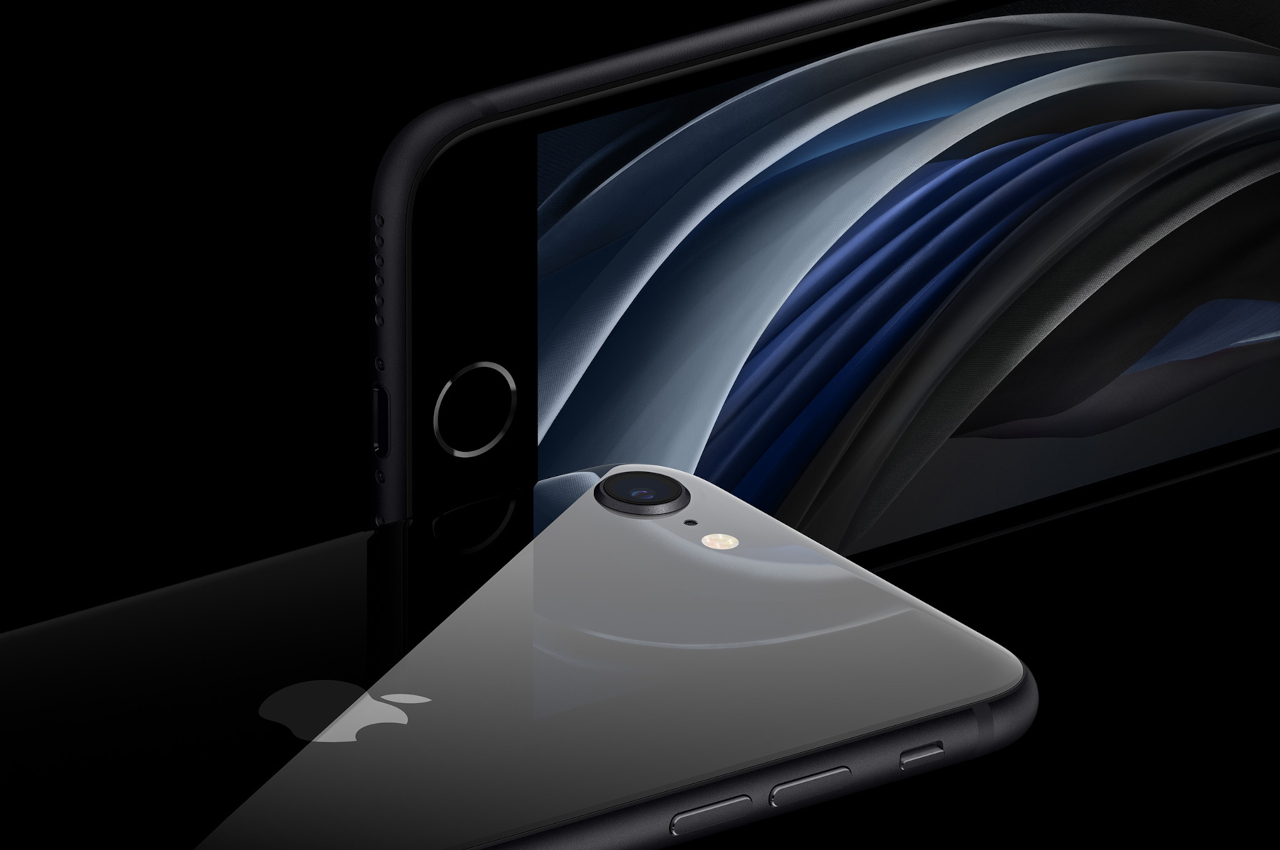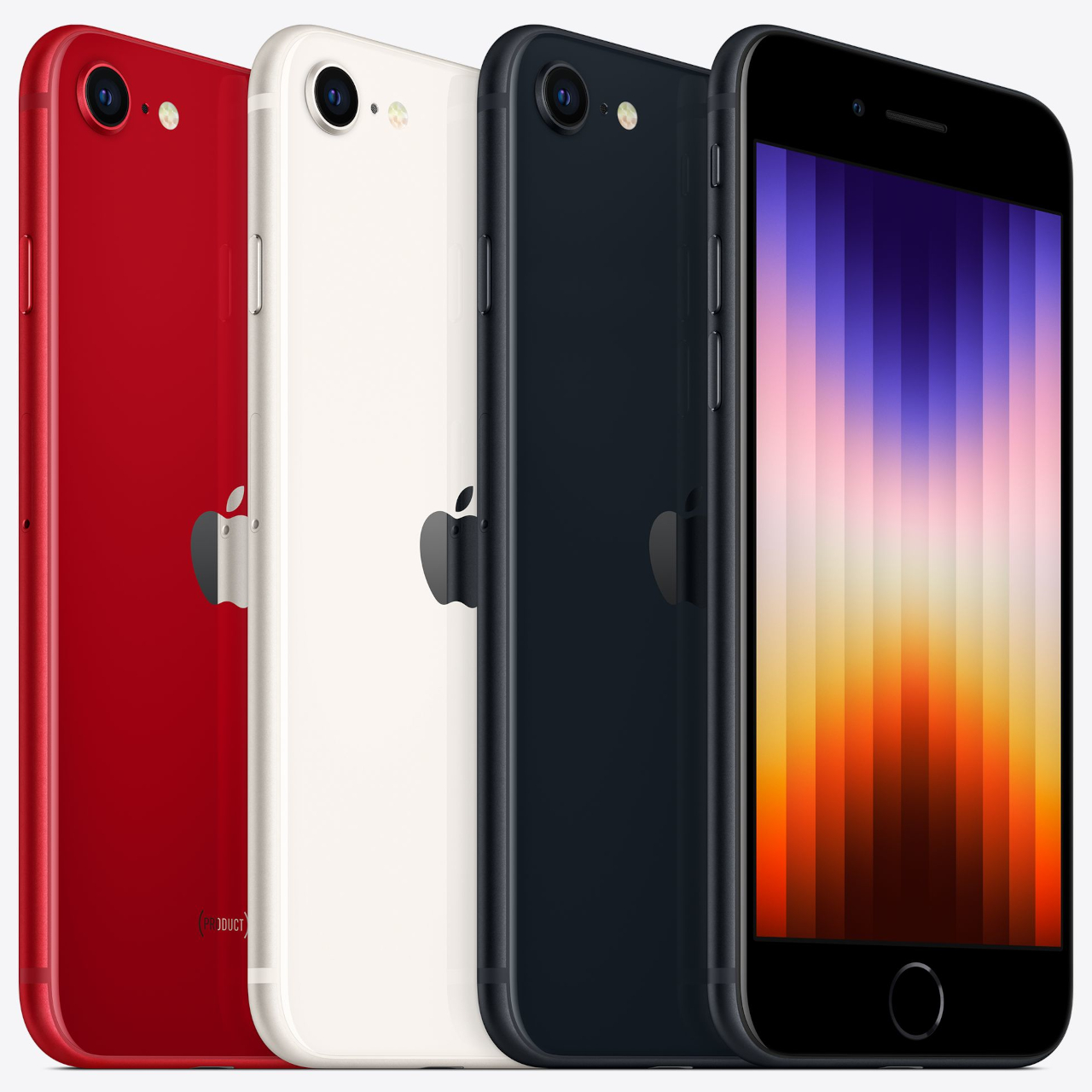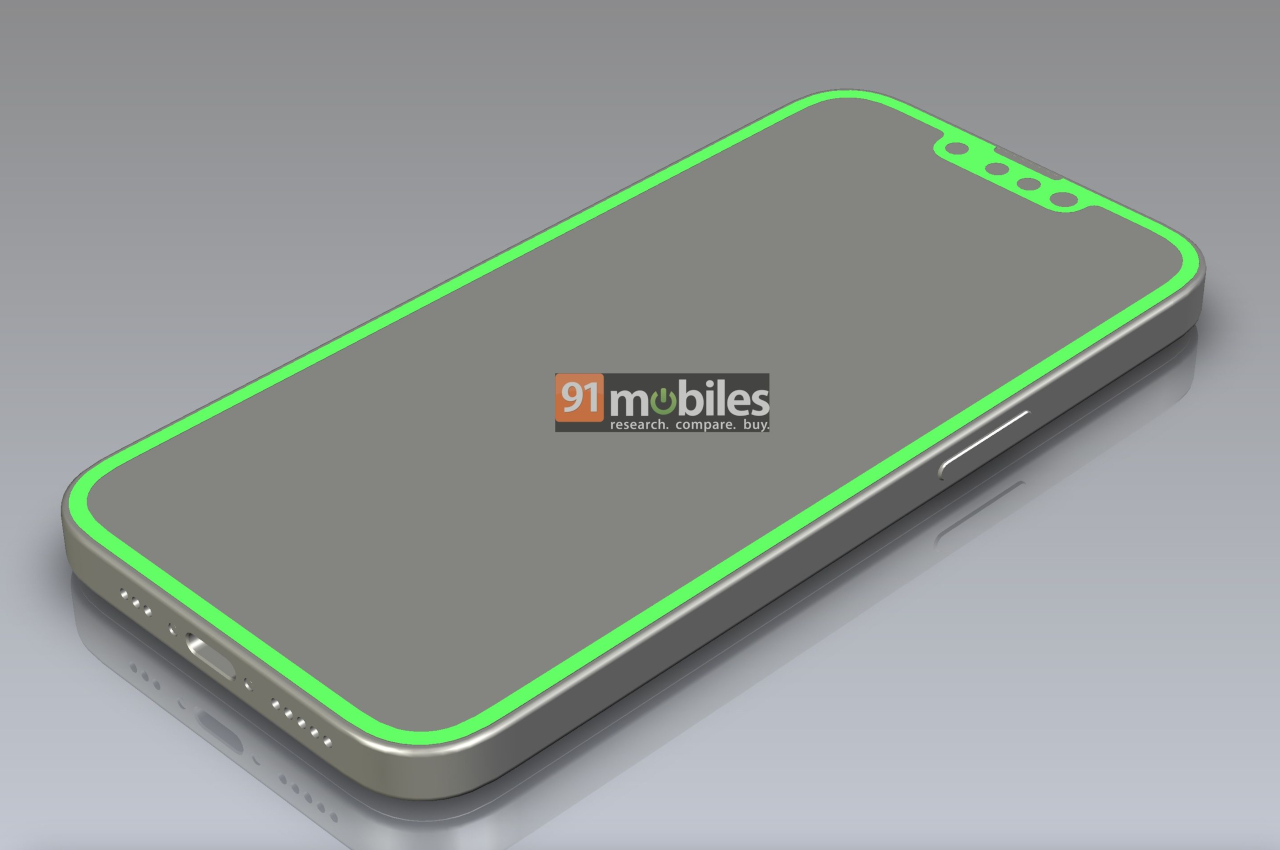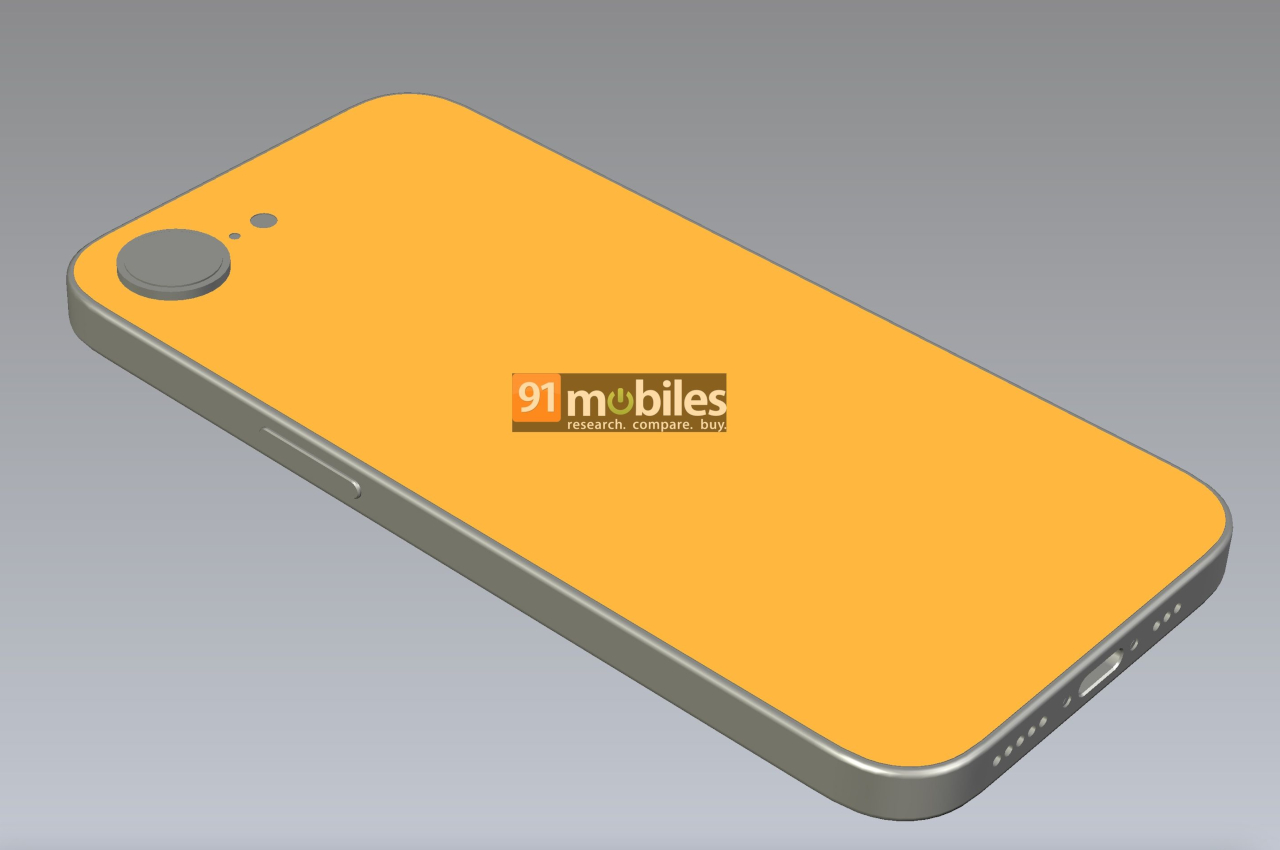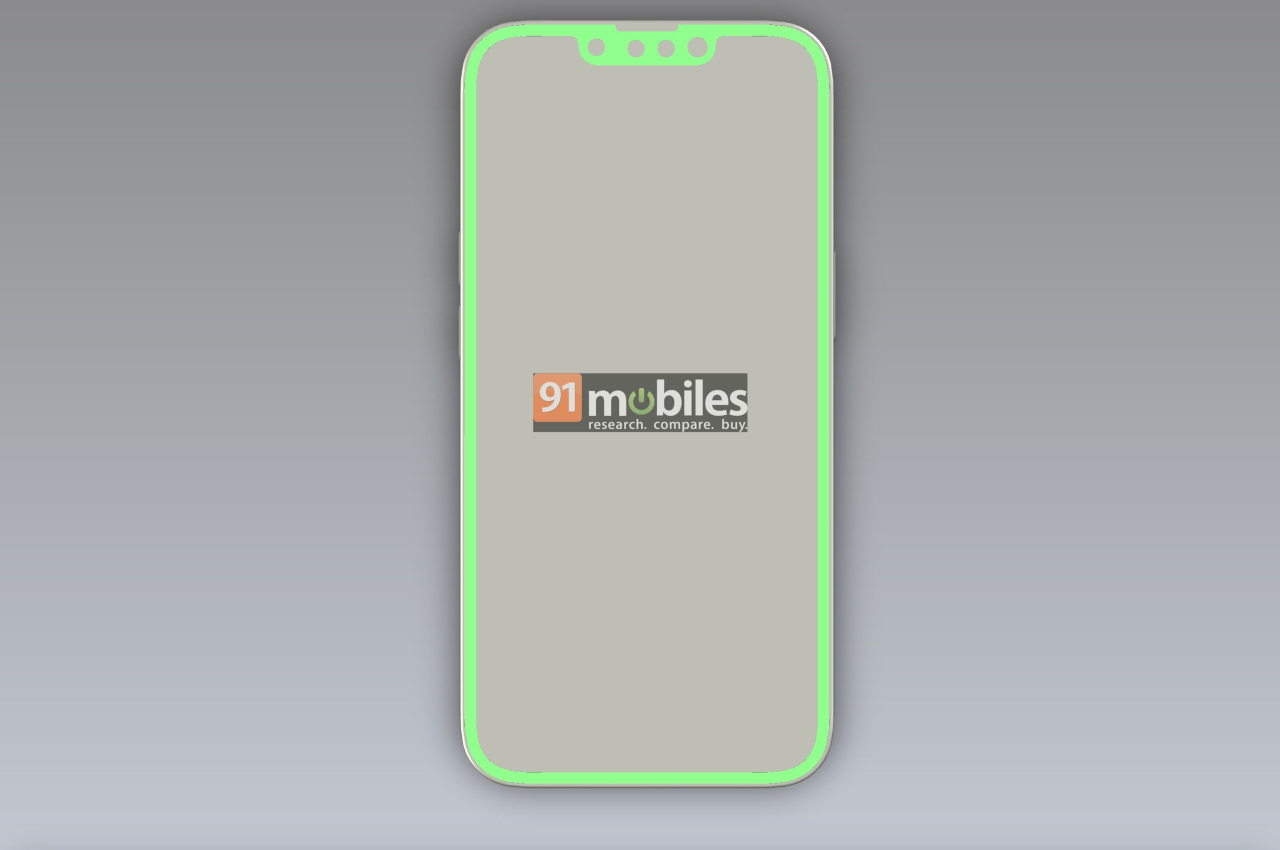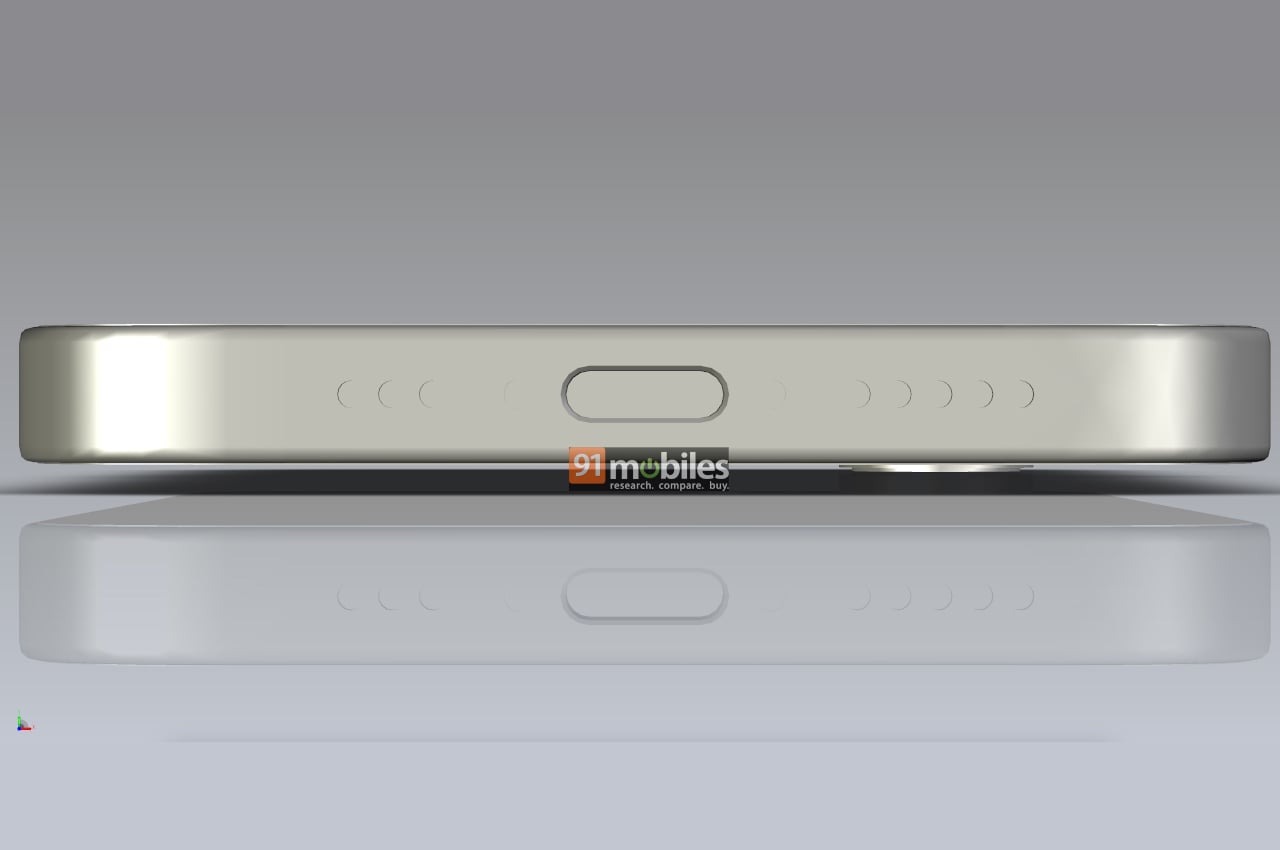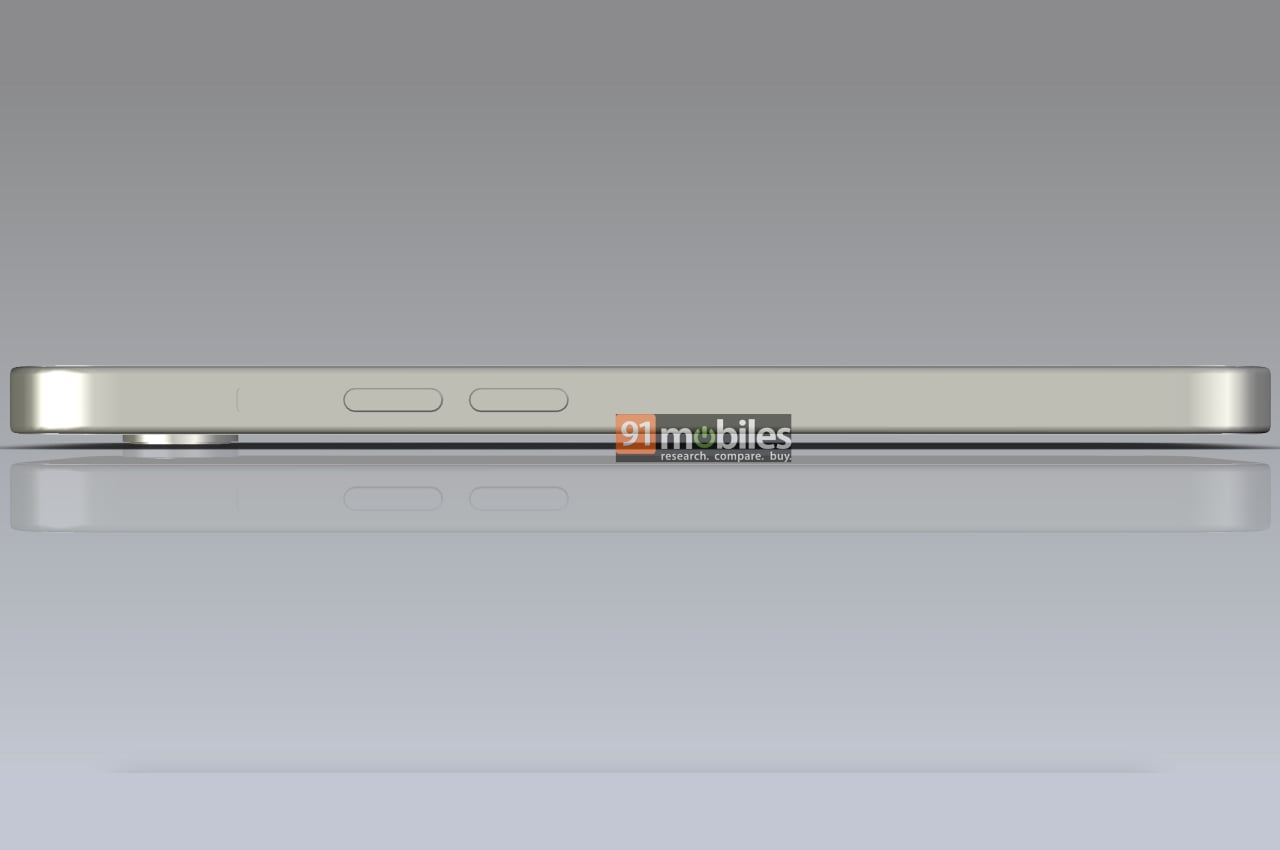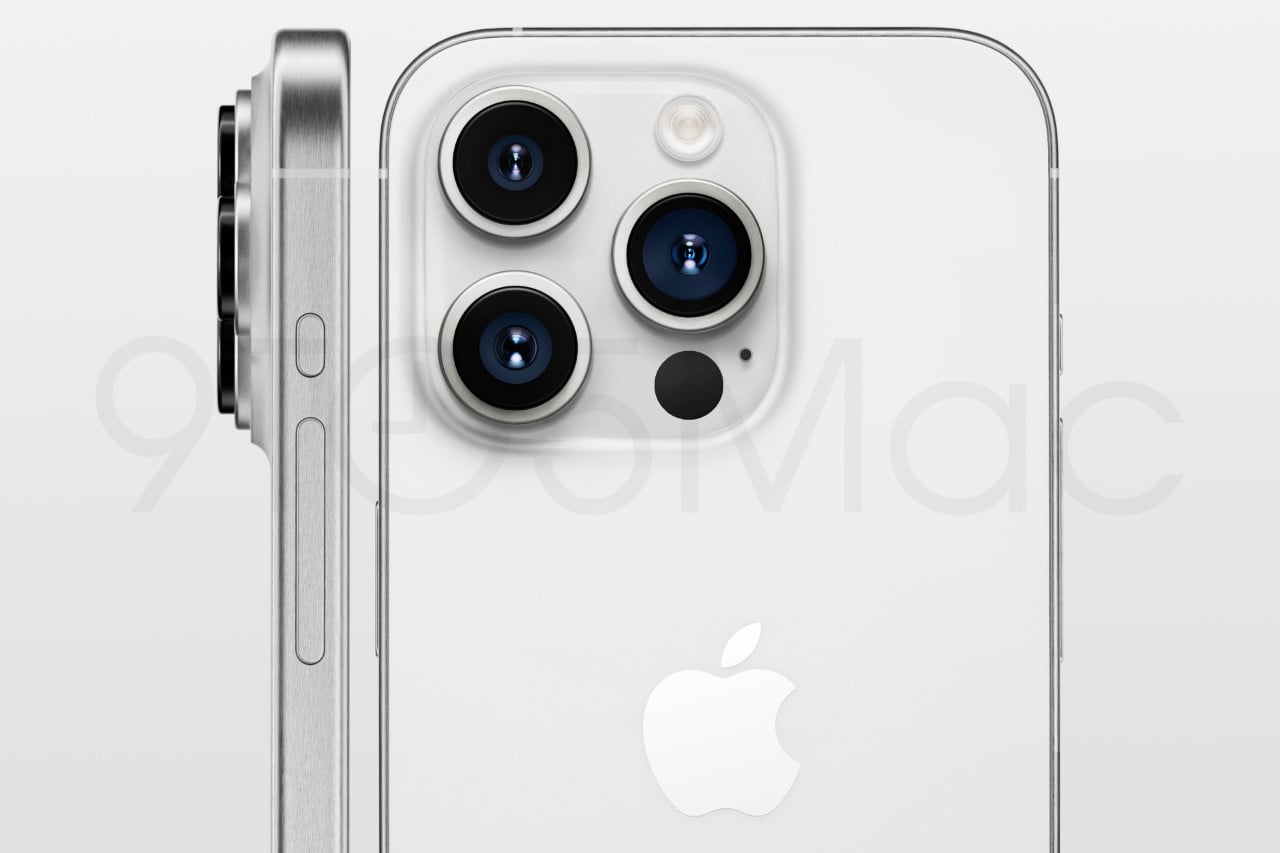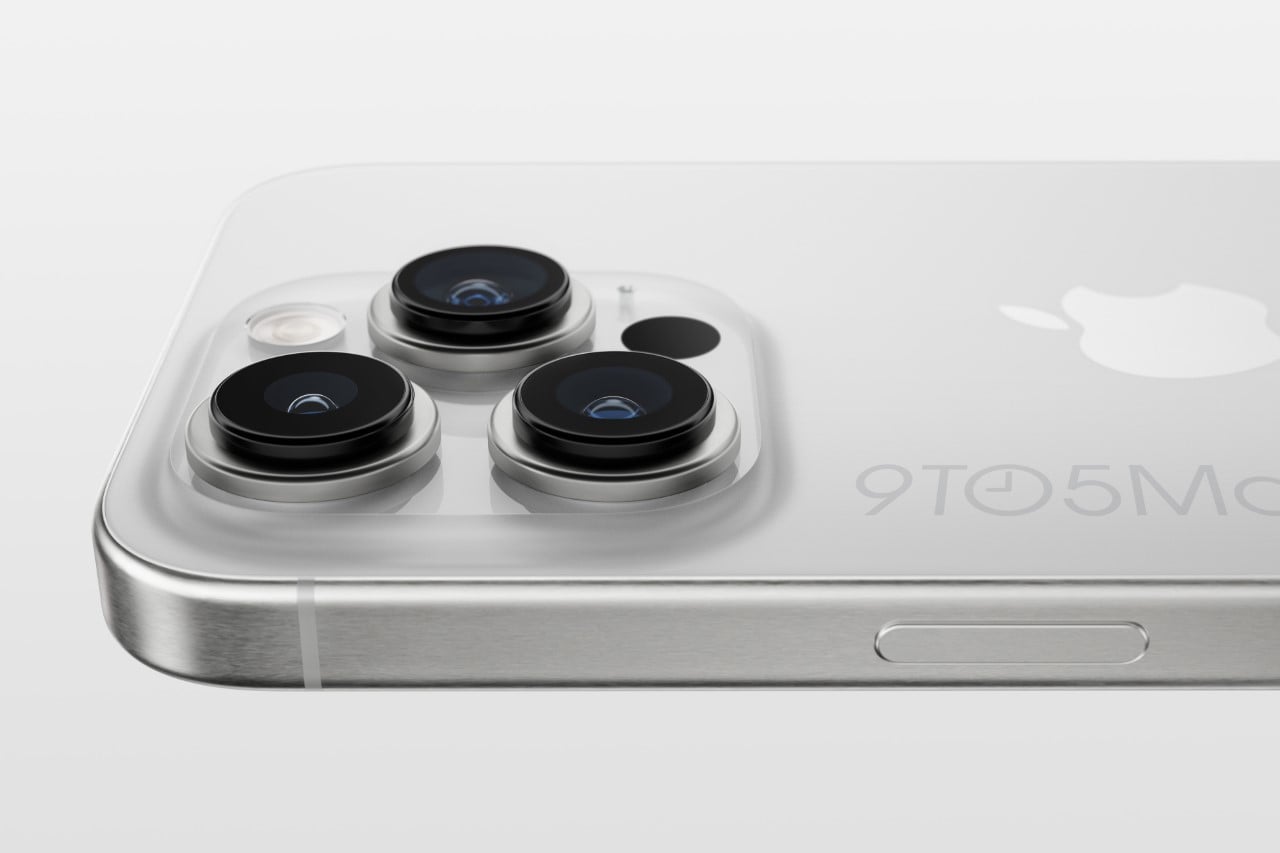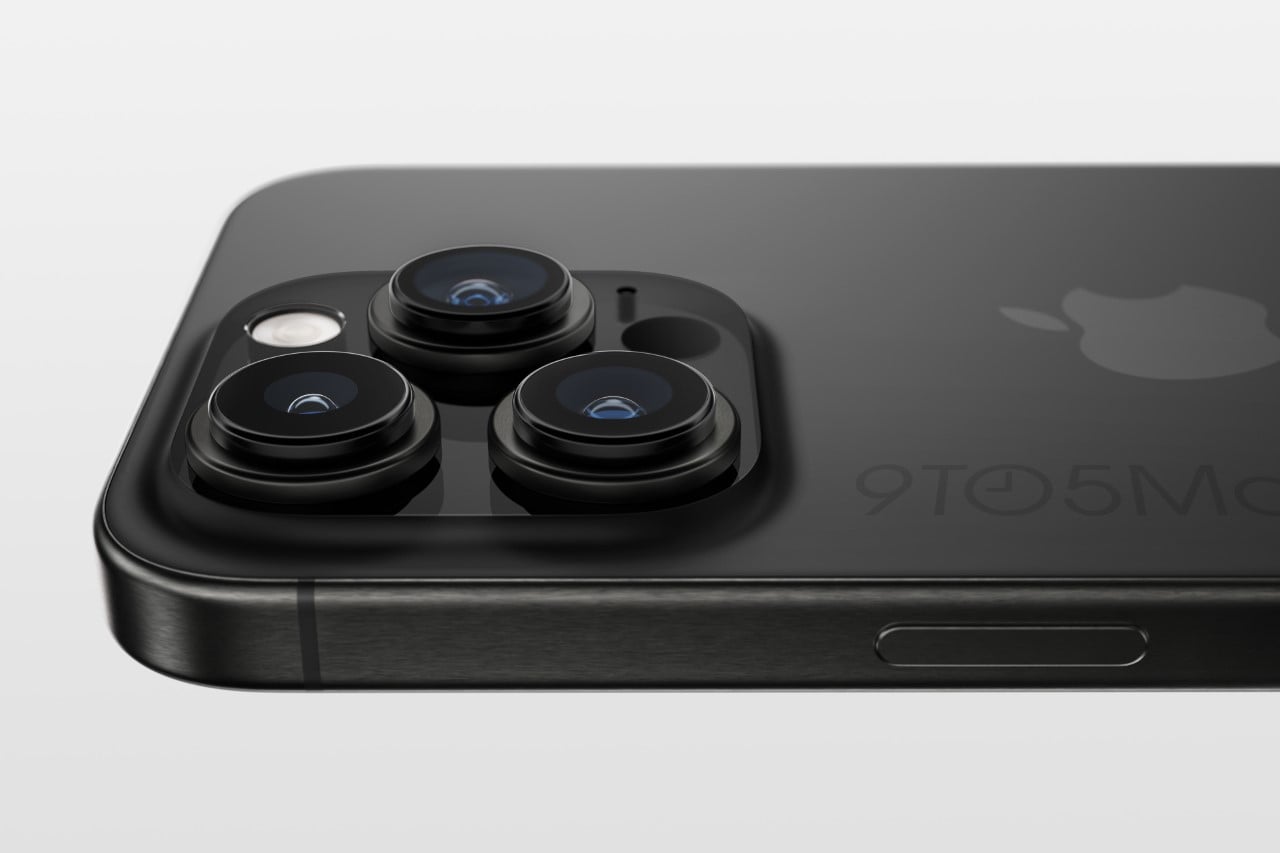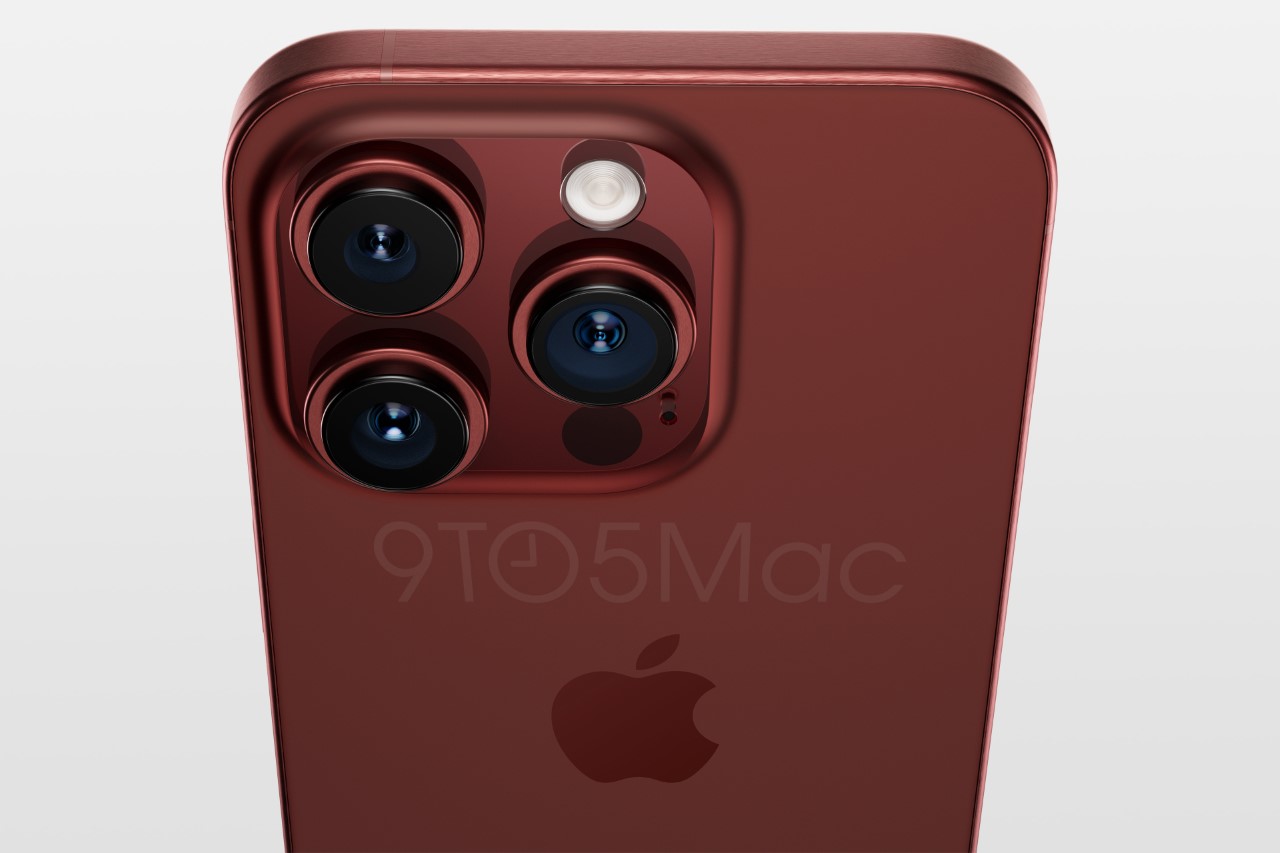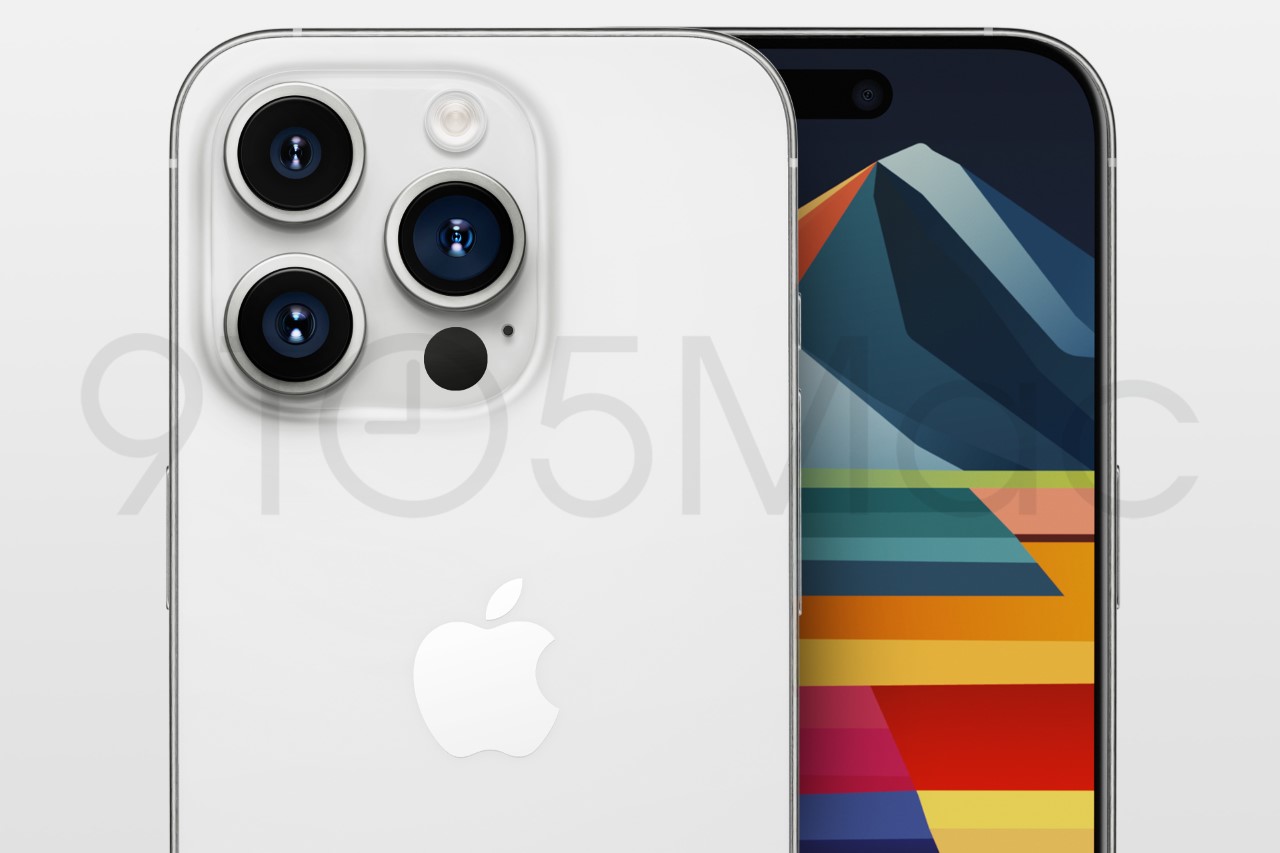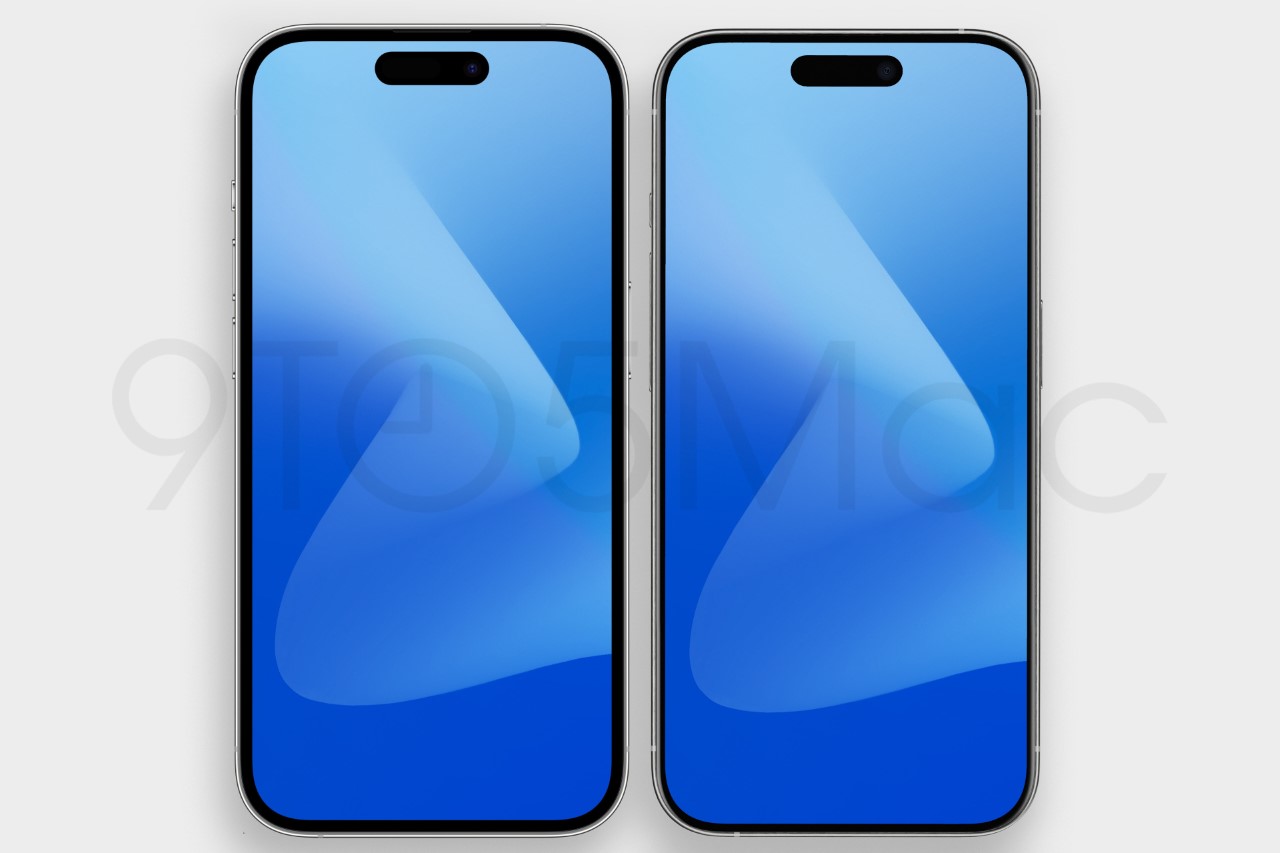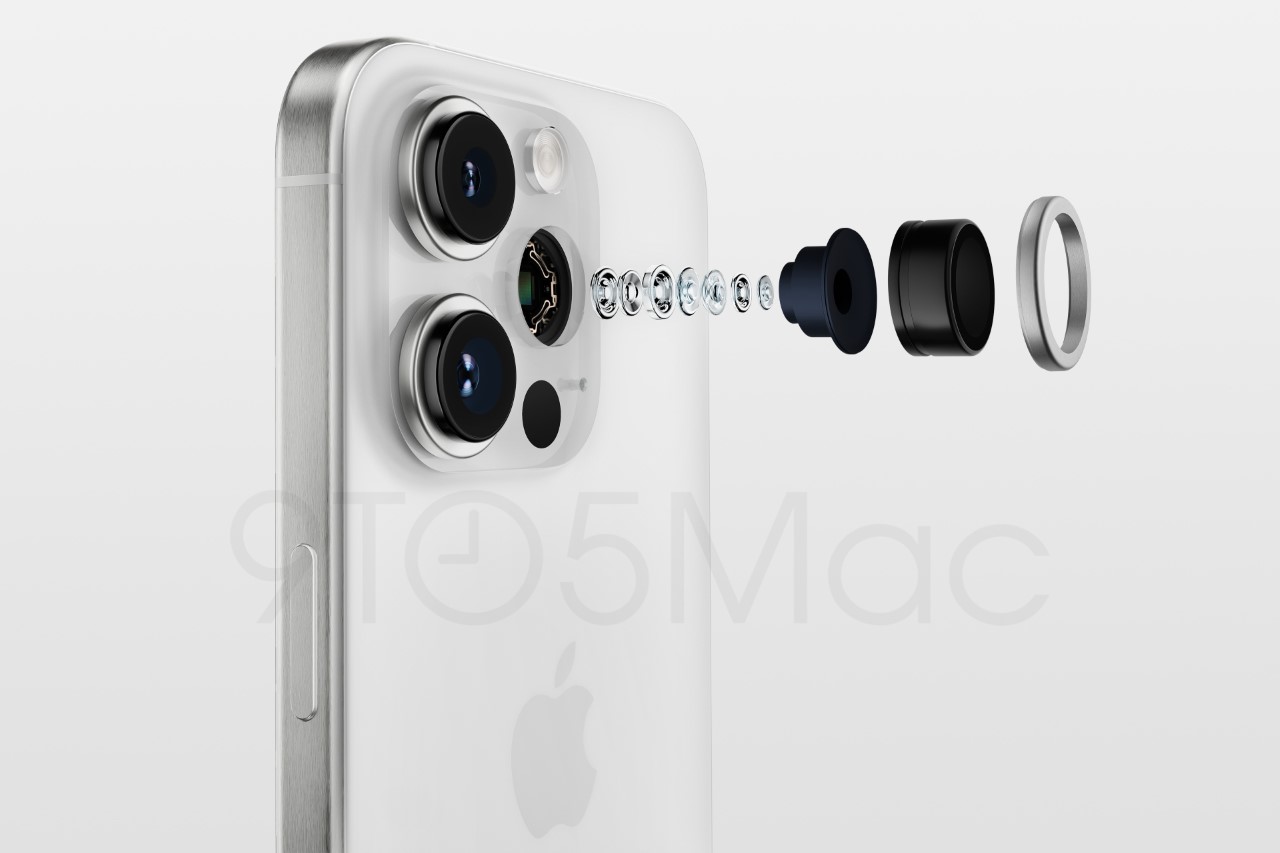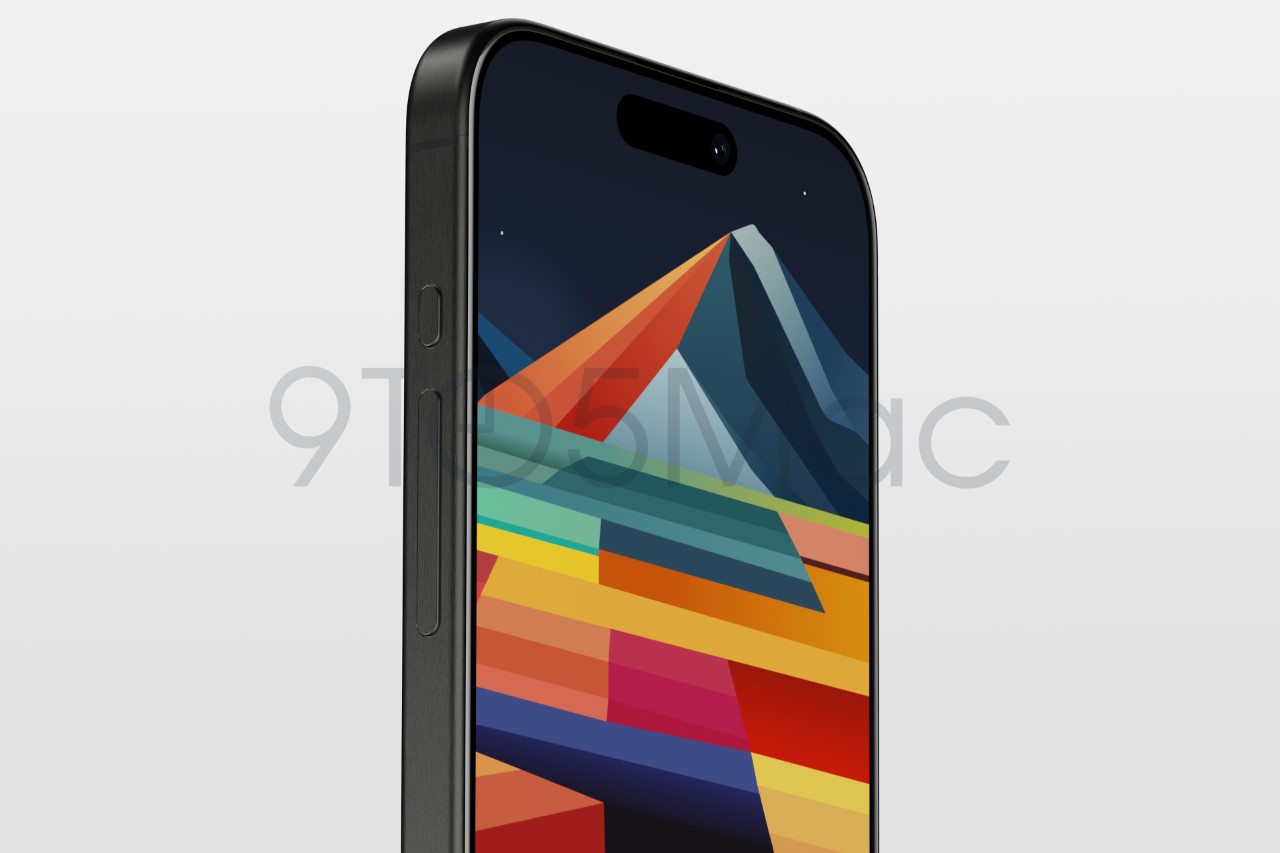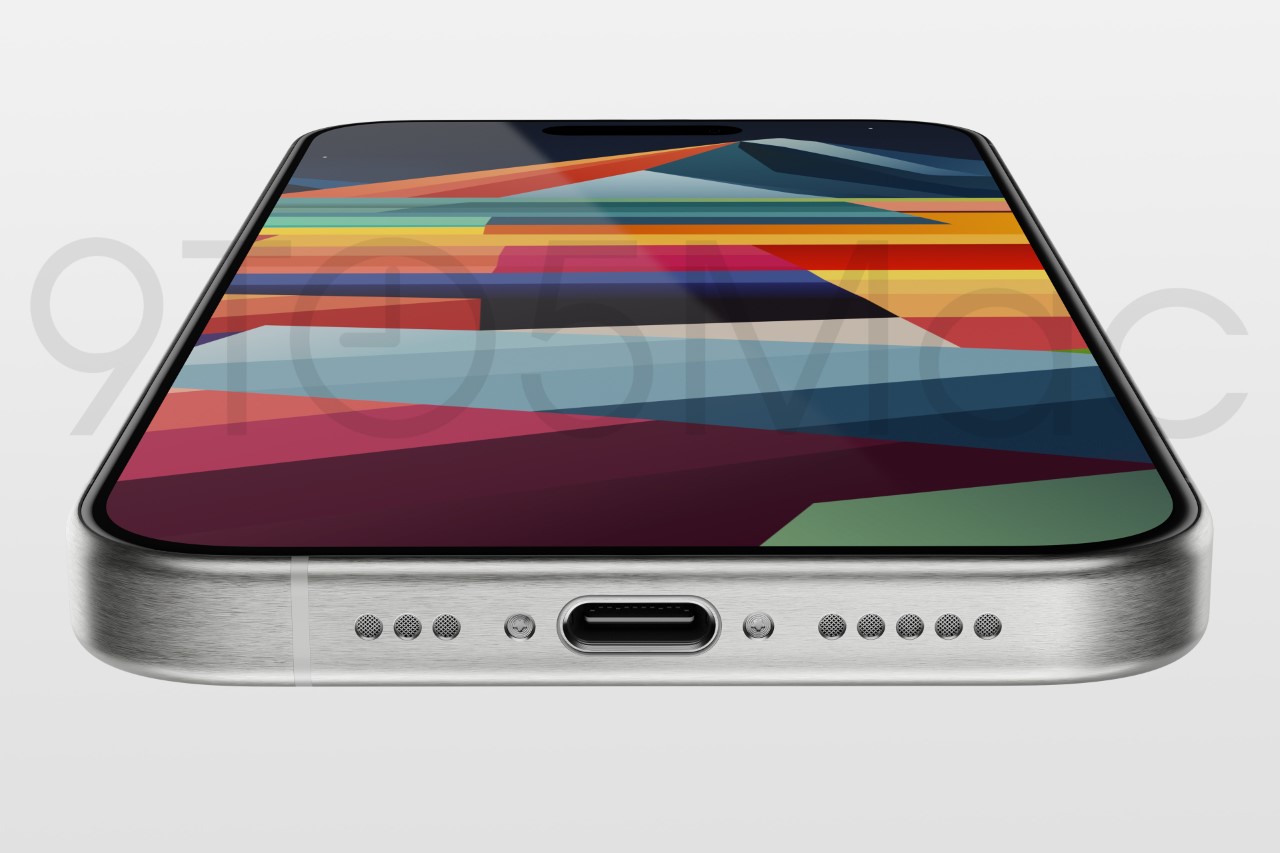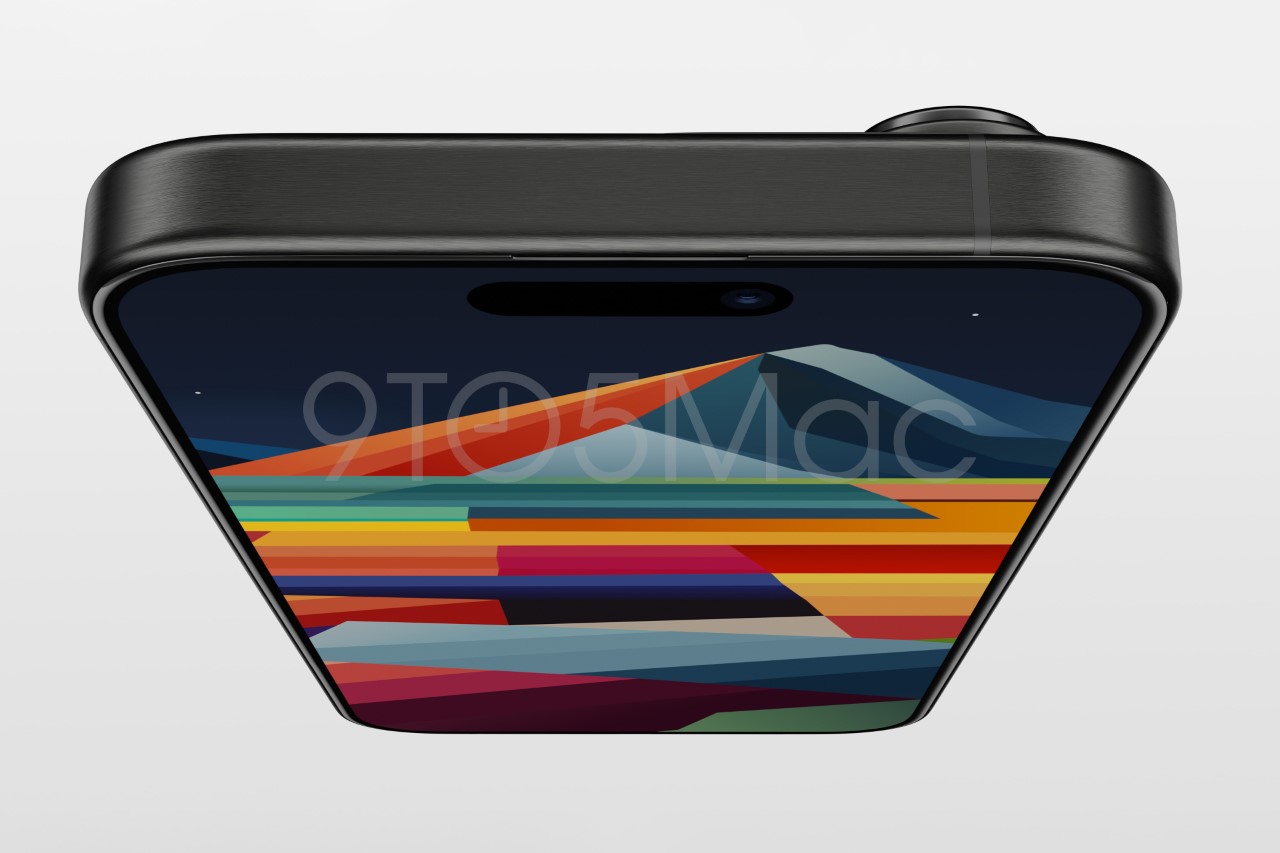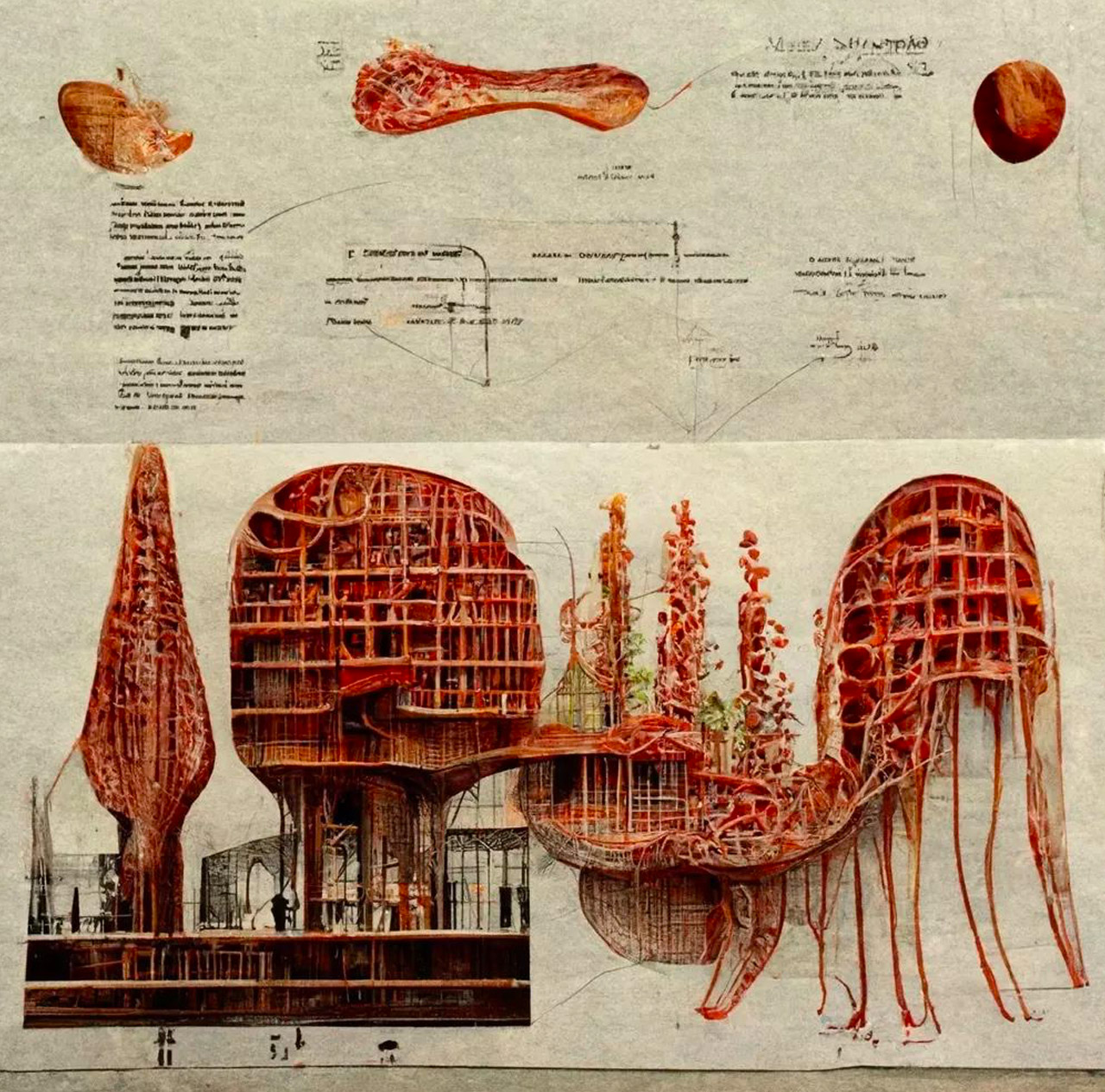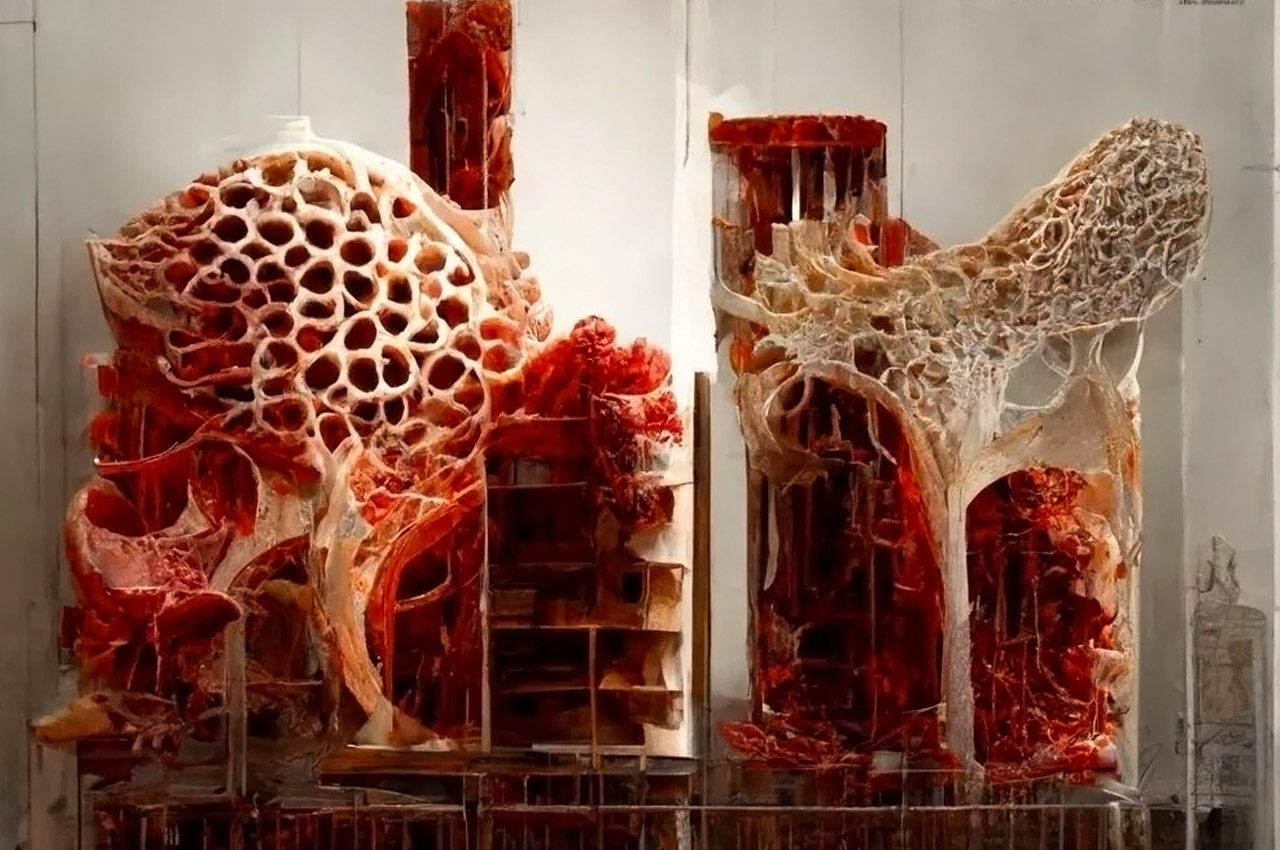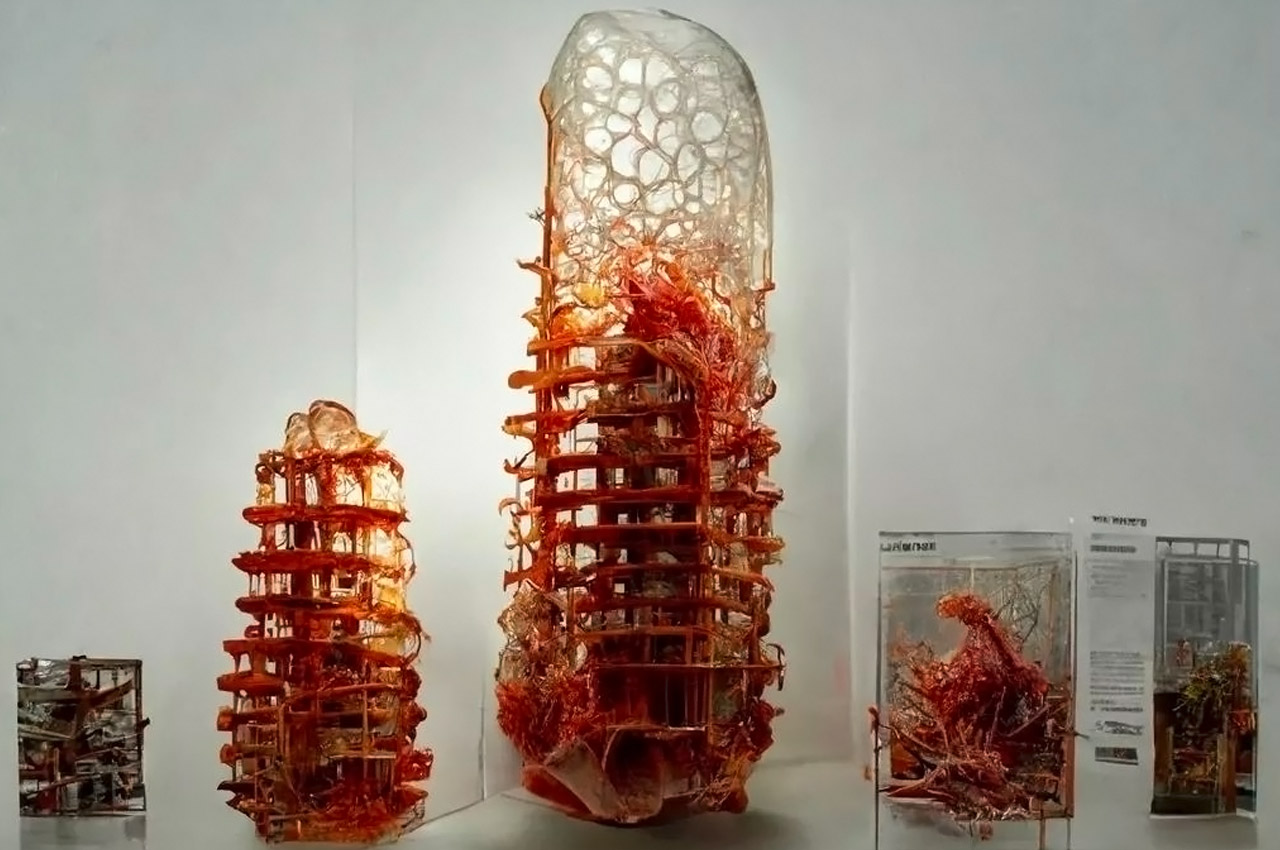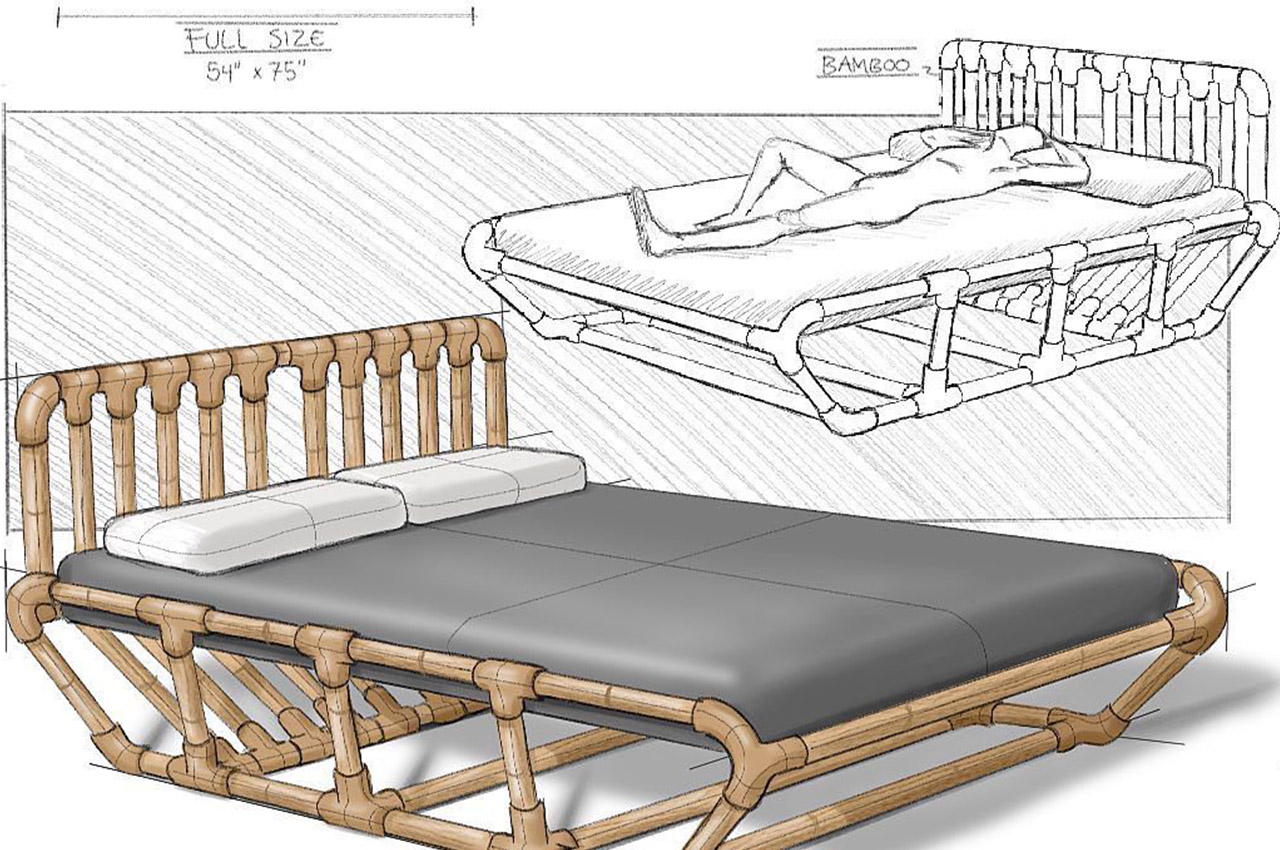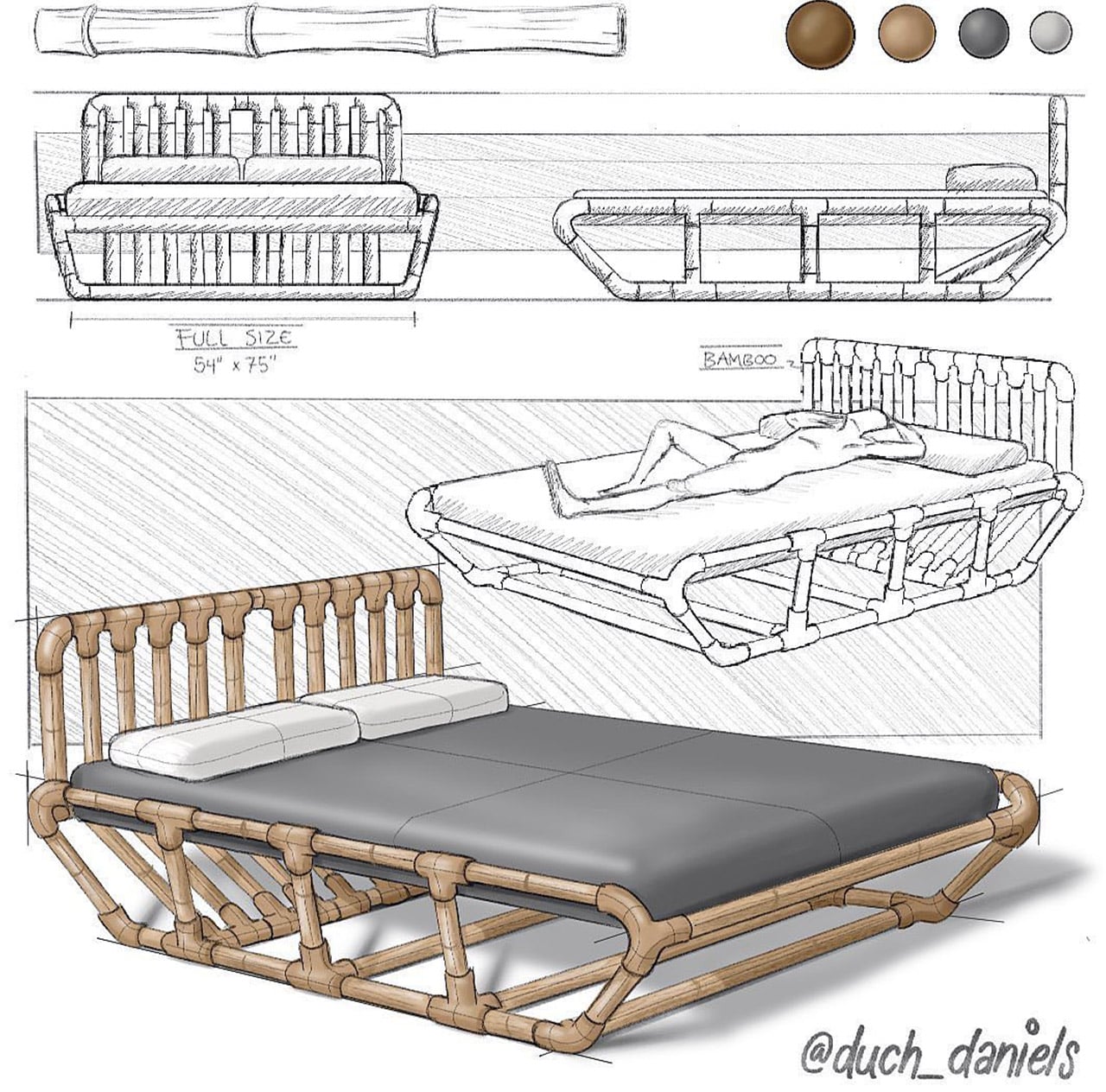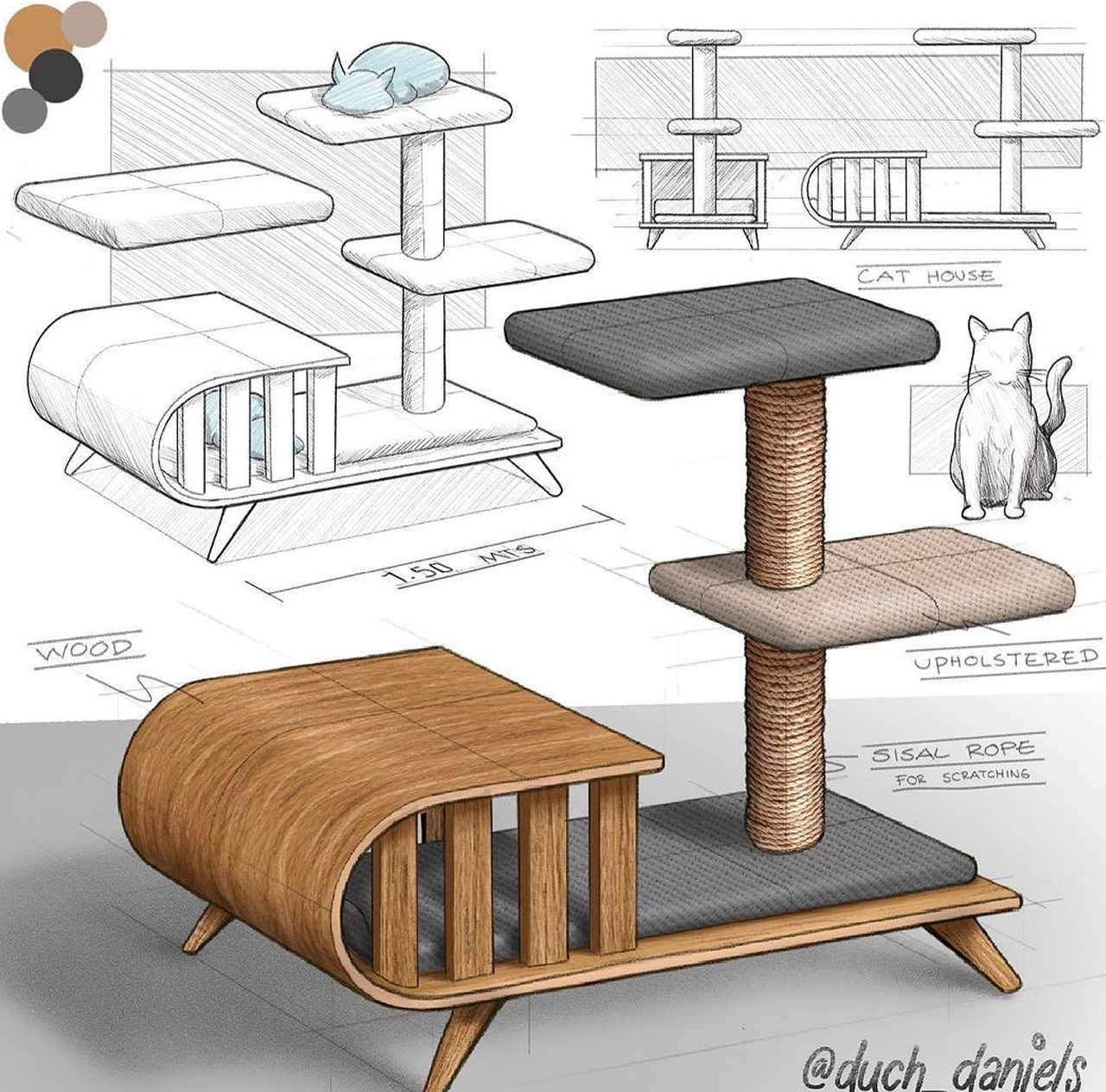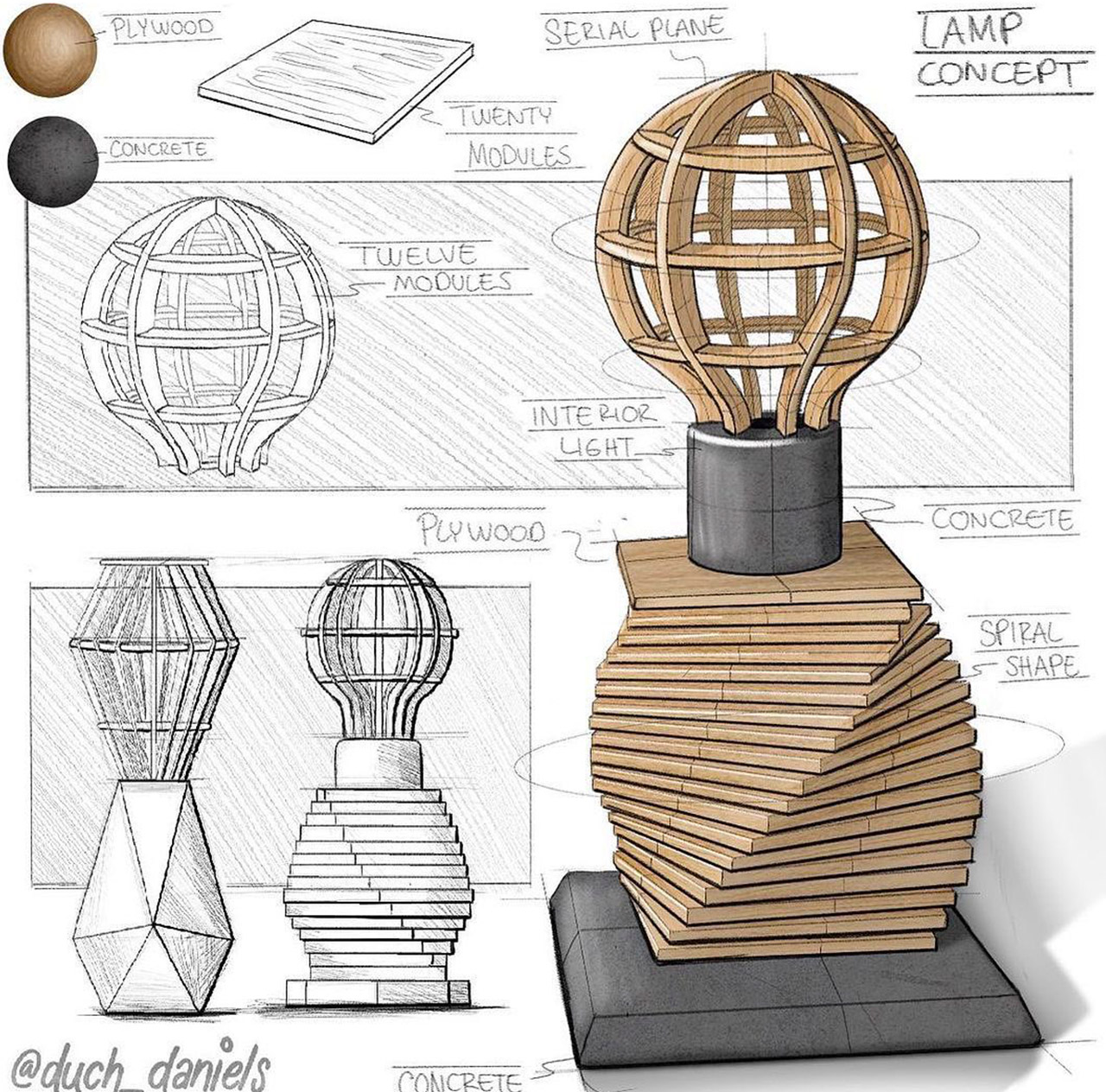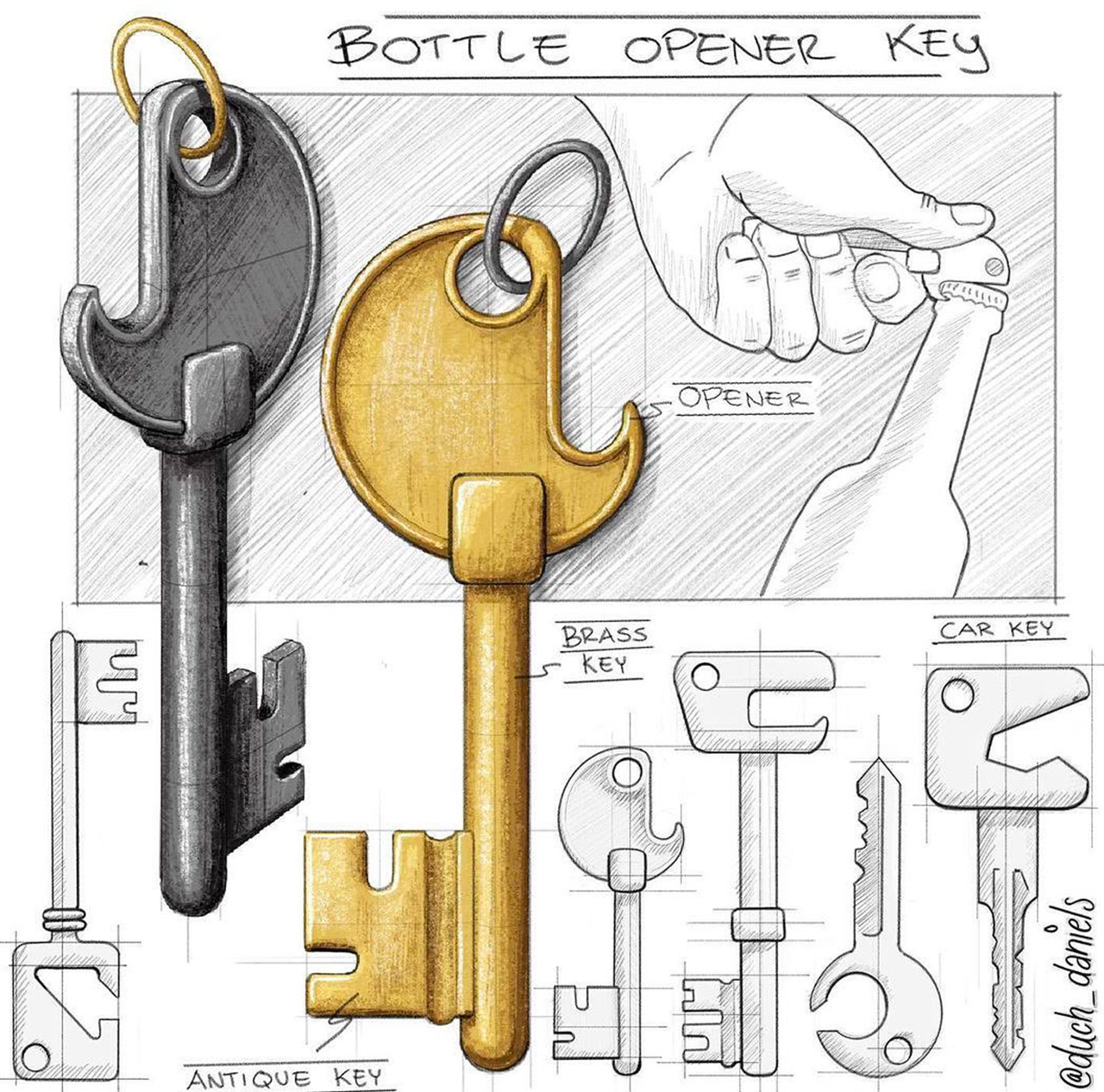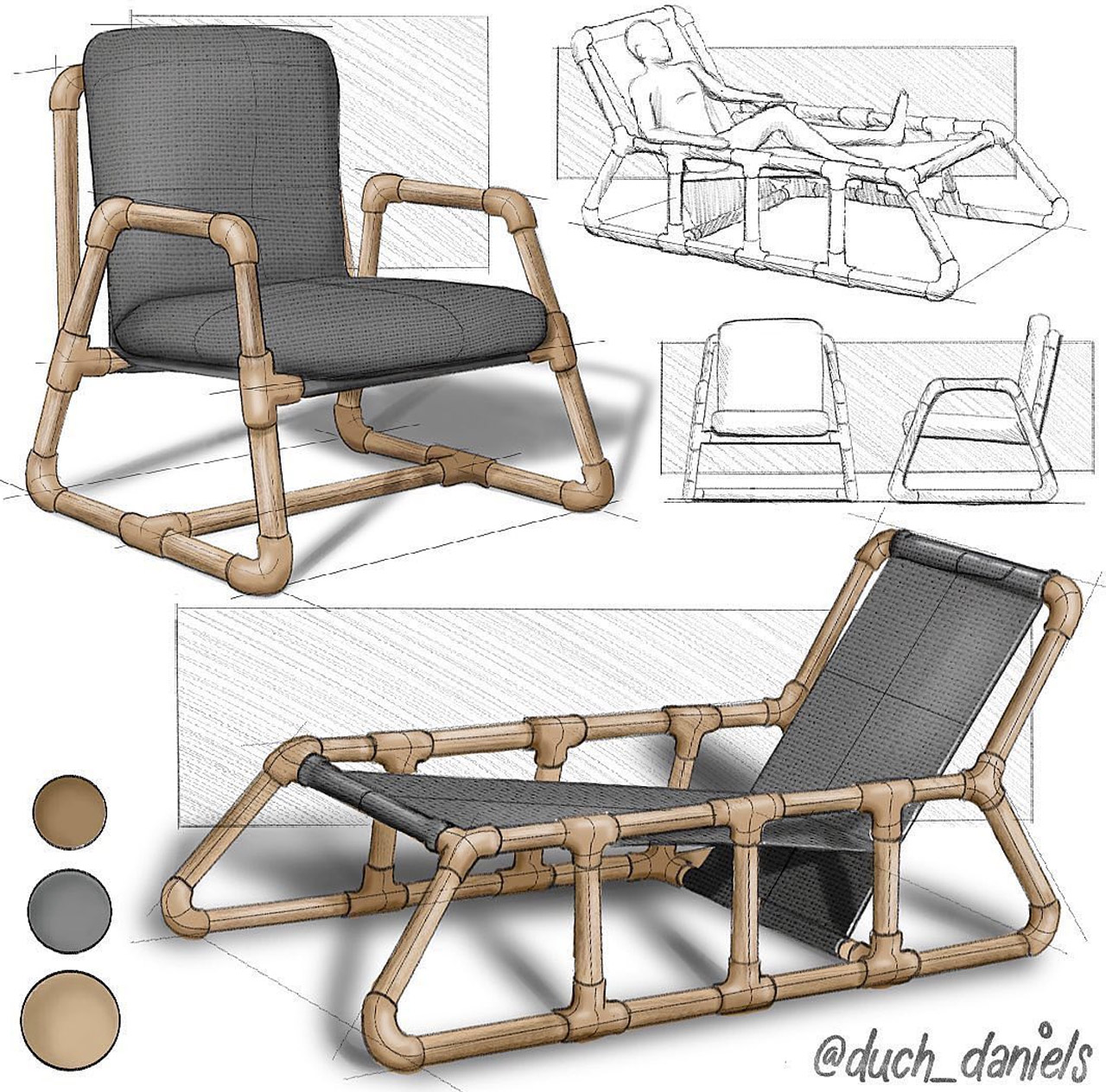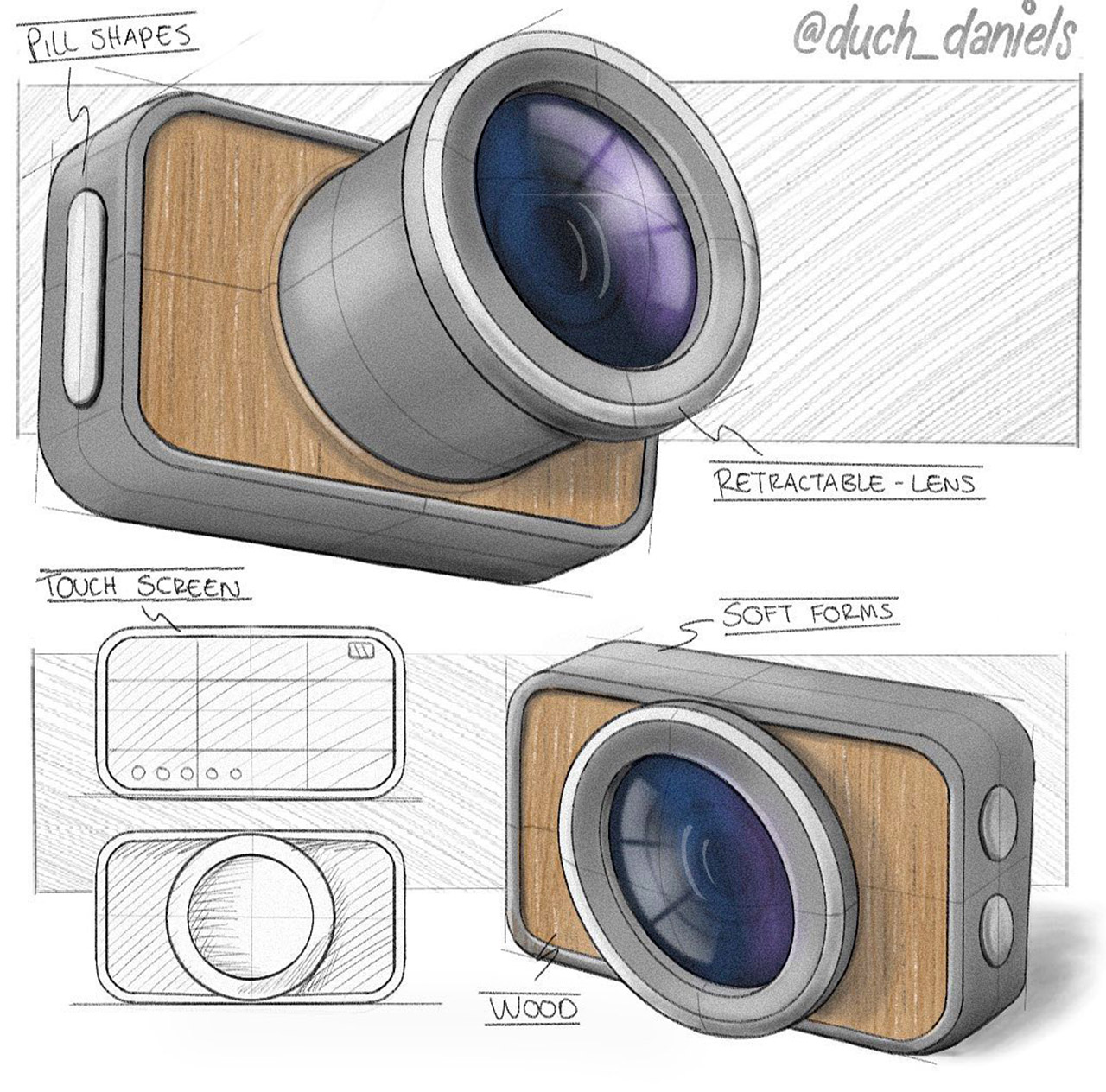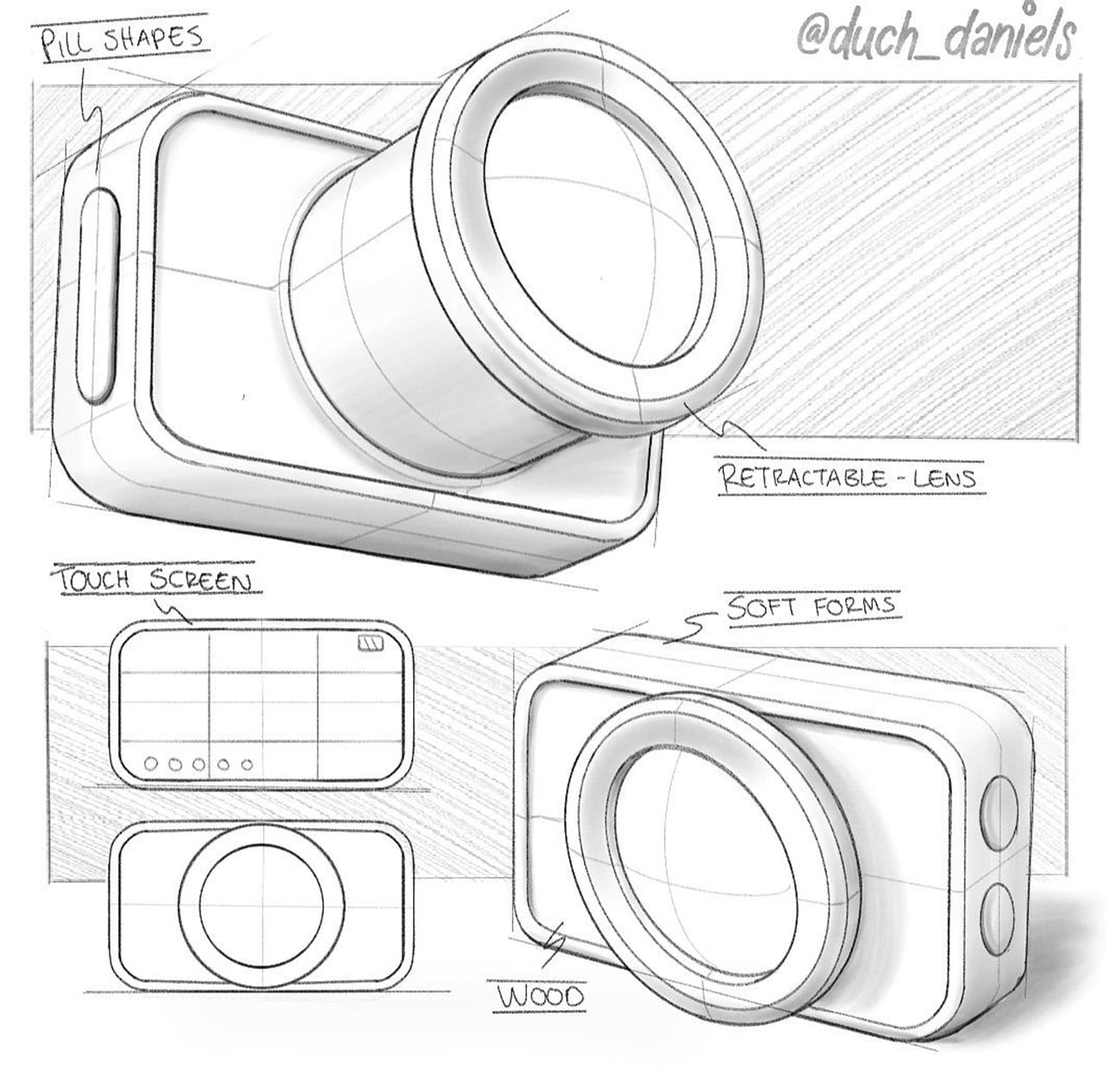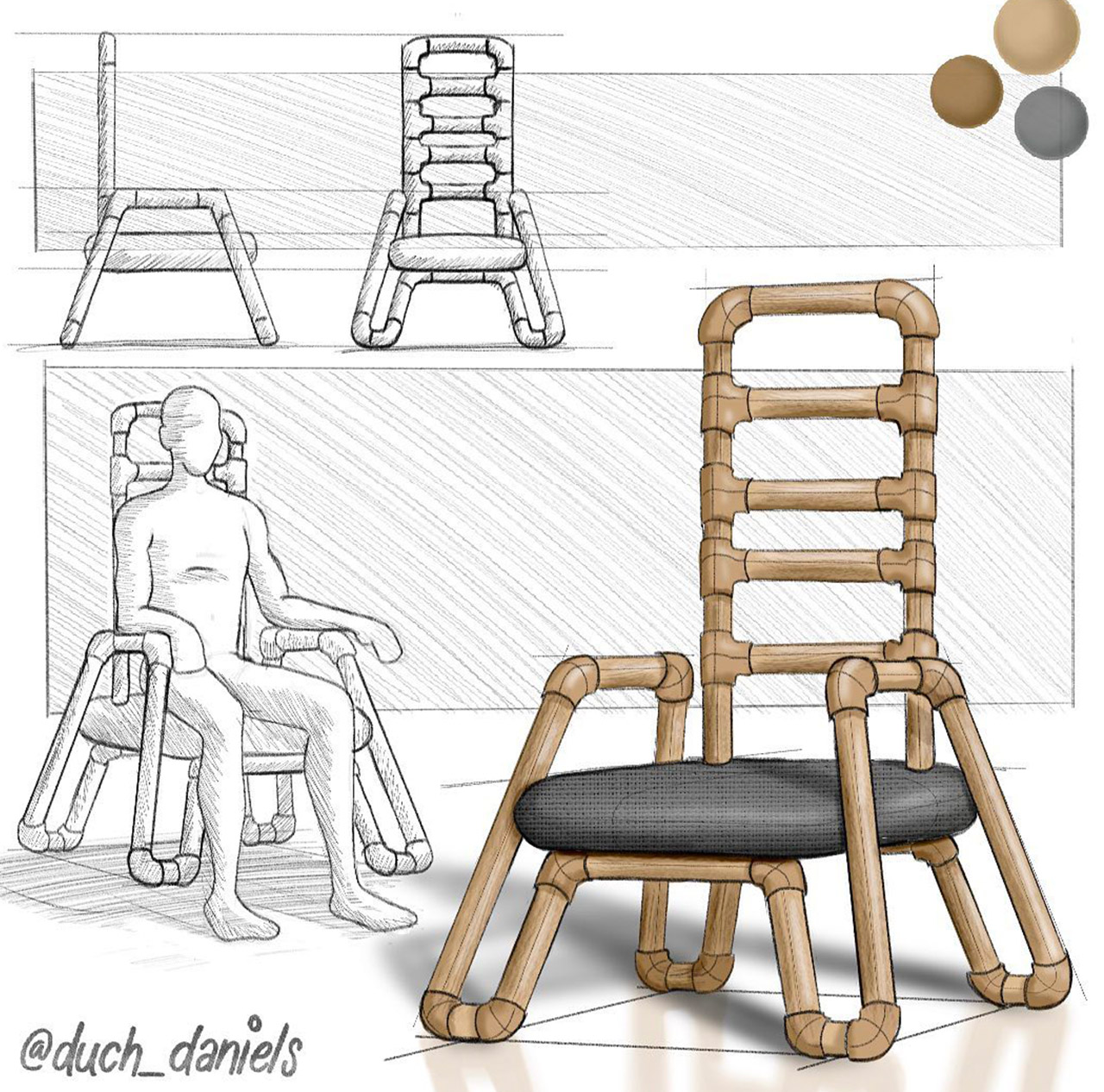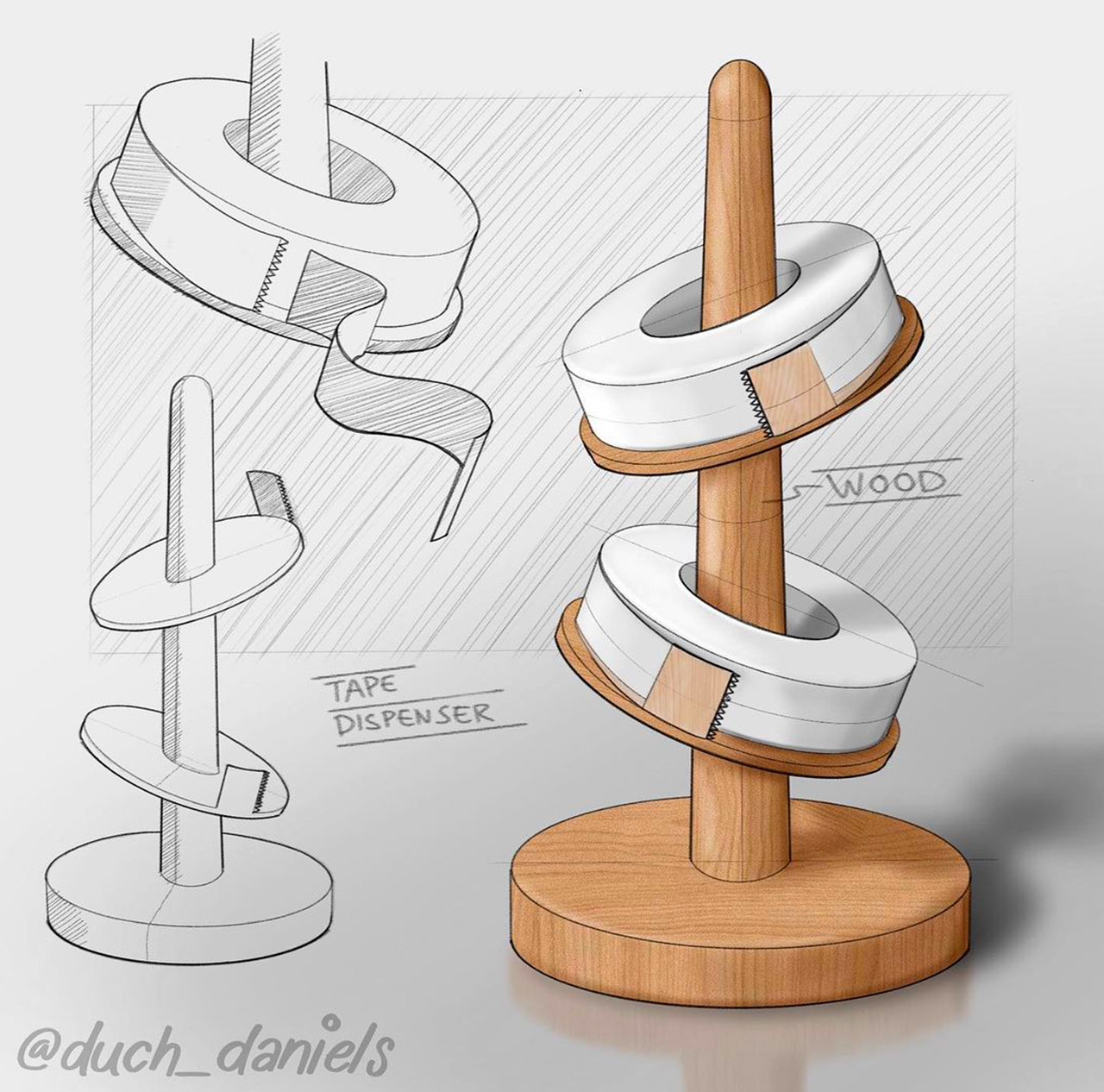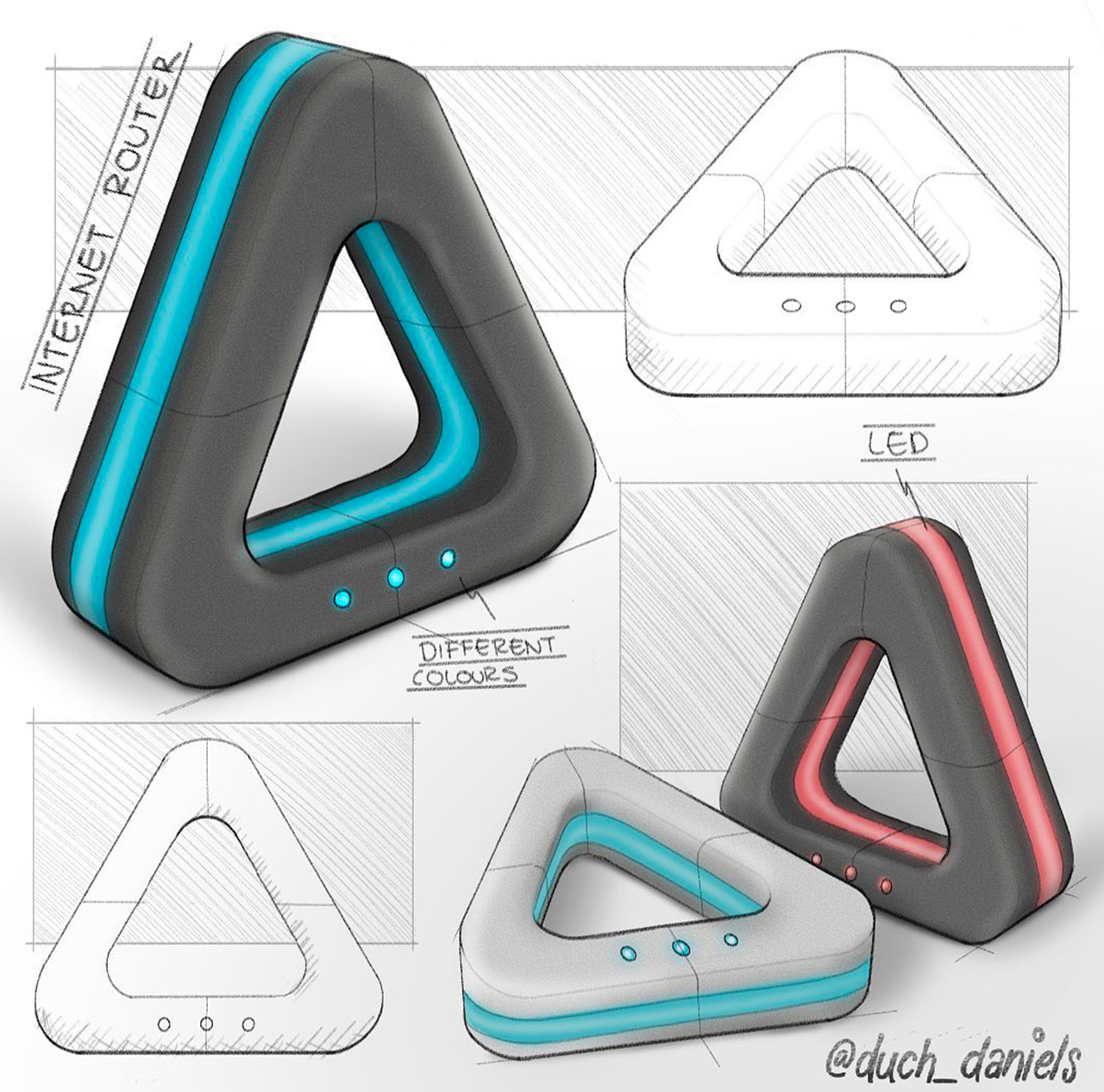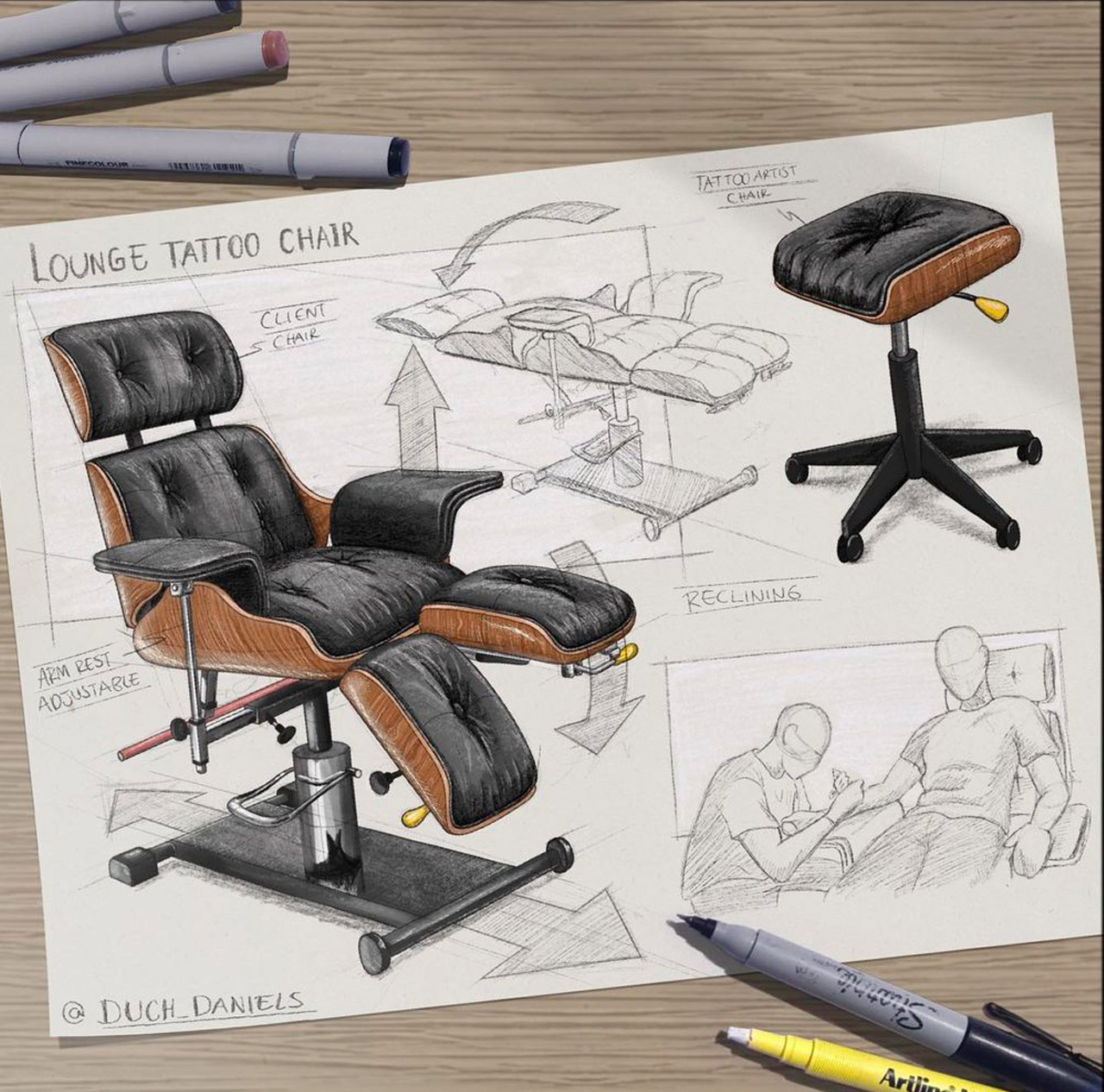There are a few designs in the smartphone market that have become synonymous with the brands they represent. Although some phones followed in its footsteps, Apple wholeheartedly embraced the iPhone notch for several generations. Samsung’s S Pen is something very few manufacturers have imitated, and Nothing’s Glyph lights have made dynamic LED lighting a thing on smartphones. And then there’s Google’s camera design, which has been dubbed by some as a visor, that gave the Pixel 6 onward a visually unique character. Unfortunately, brands and designs change, and it seems that the Pixel 9 trio will bid farewell to that distinctive design, though its replacement is admittedly a bit less egregious than other leaks would have us believe.
Designer: Google (via 91mobiles, MySmartPrice, Steve Hemmerstoffer)
![]()
Google Pixel 9 Pro XL
Truth be told, the “visor” camera design on the recent Pixel phones isn’t exactly the sleekest and most elegant design around, but it has enough elements that make it interesting and distinctive without being obnoxious or garish. It also has the side effect, intentional or otherwise, of raising the phone at an angle without making it wobble. Based on leaks confirmed by these unofficial renders, we might have seen the last of that design and will behold another variation that may be even more controversial than the original design on the Pixel 6 from 2021.
Google Pixel 9
Google Pixel 9
Instead of a raised strip that goes from edge to edge, the Pixel 9 phones will instead have a long pill-shaped camera bump that still spans the entire width of the phone. But unlike blurry leaked photos of prototype models, these renders show a better picture of what is allegedly the final design of that camera bump. It will follow the same two-tone theme as the Pixel 8 before it, giving it a bit of style and visual interest.
Google Pixel 9
It will definitely not be everyone’s cup of tea, especially those who have regarded the visor design to be the signature mark of the Pixel phones from the past three years. But more than just brand identity, this capsule-shaped bump also has the effect of making its thickness even more noticeable and abrupt, as if someone just glued a large chunk of metal and glass onto the back of the phone. The Pixel 8’s camera bump is just as thick, but the curved edge and smoother curves give the impression that it is thinner than it really is.
Google Pixel 9 Pro XL
Another detail coming out from these leaks is that Google will launch three models this year instead of just two. That will be the Pixel 9, Pixel 9 Pro, and Pixel 9 Pro XL. The “XL” model hasn’t been seen since the Pixel 5 XL in 2020, so it will be interesting how Google will position these three phones in the market.
Google Pixel 9 Pro XL
Google Pixel 9 Pro XL
The post Google Pixel 9 and 9 Pro XL renders show a less dramatic design change first appeared on Yanko Design.
